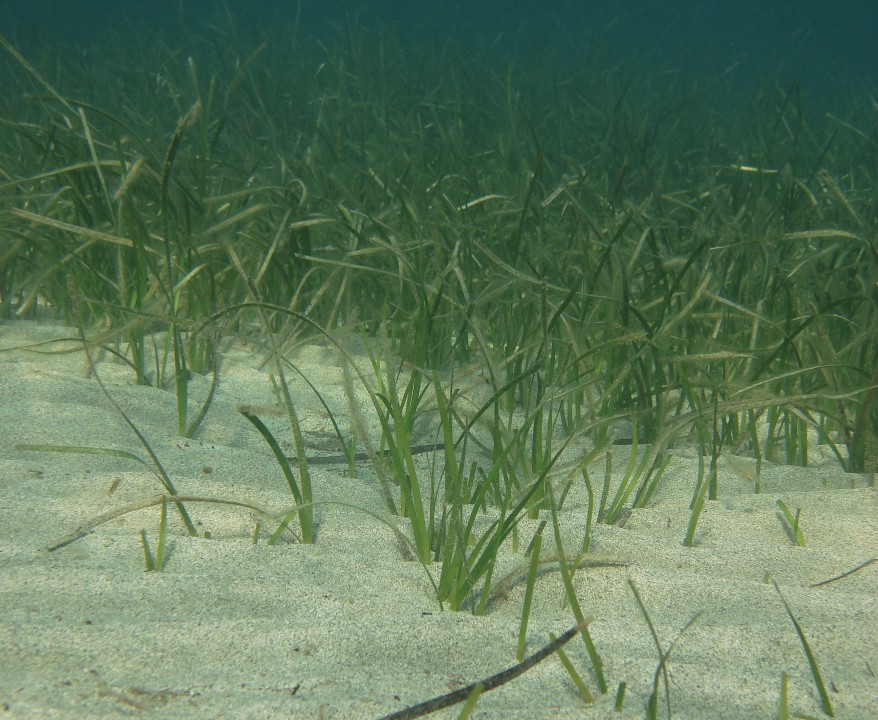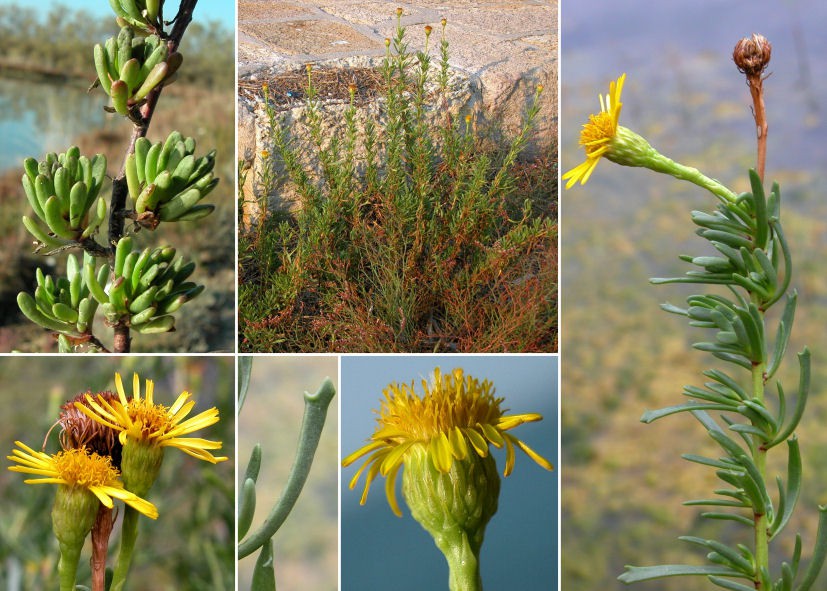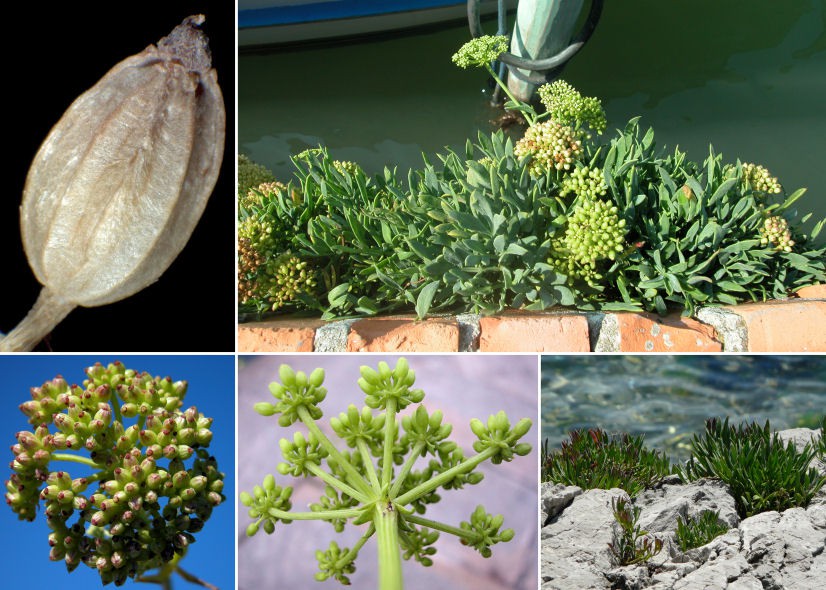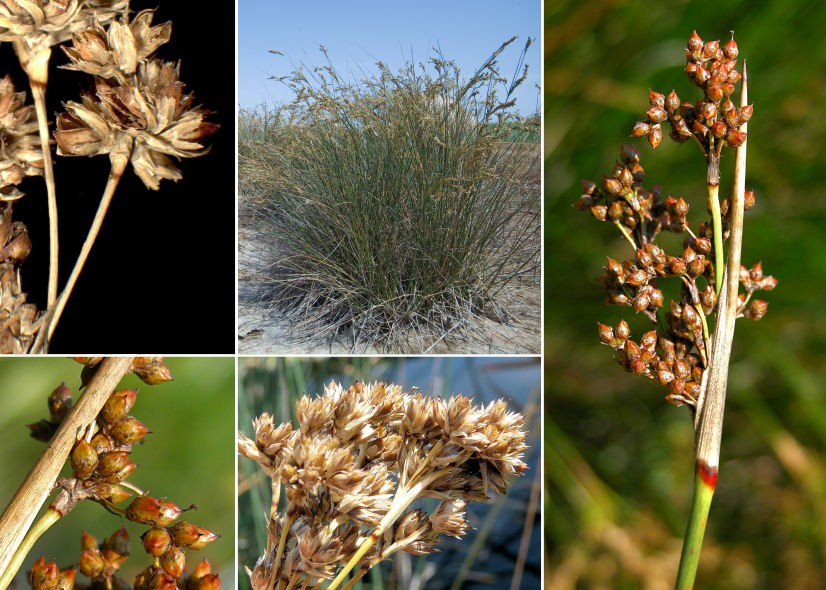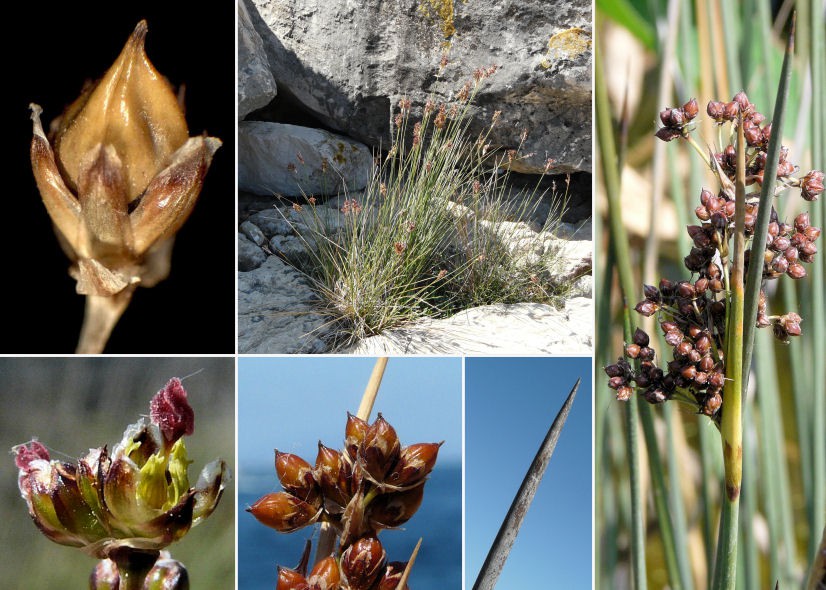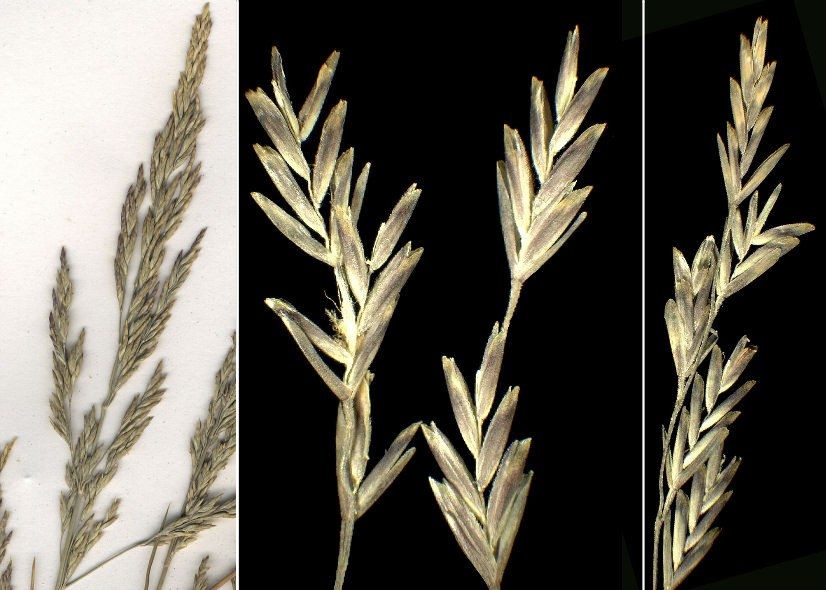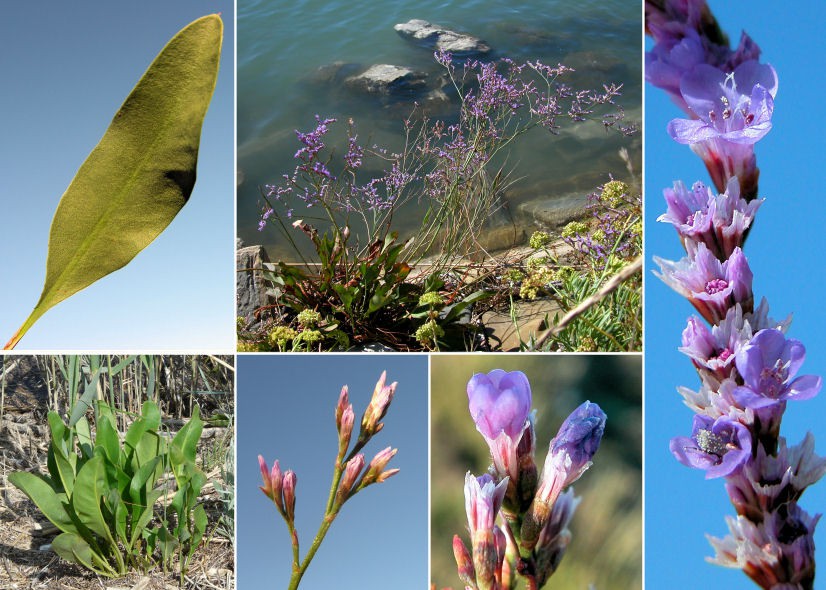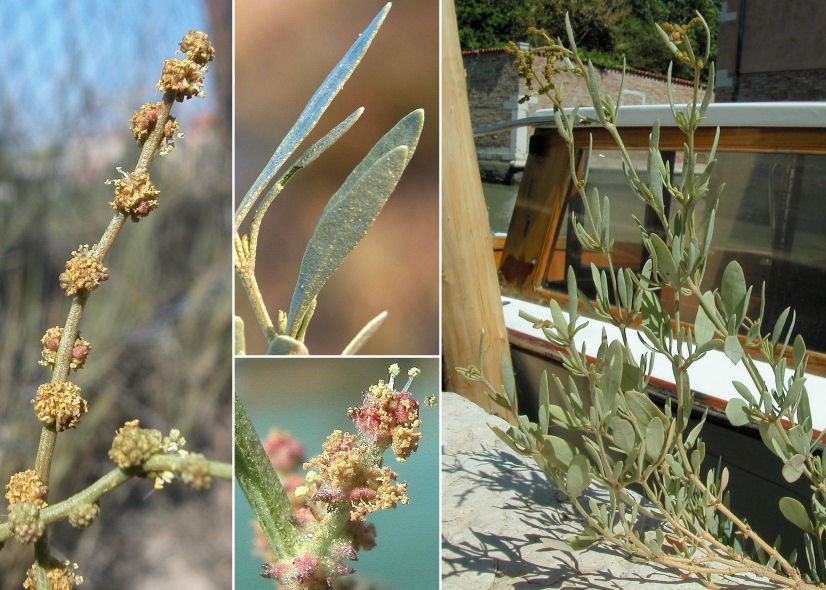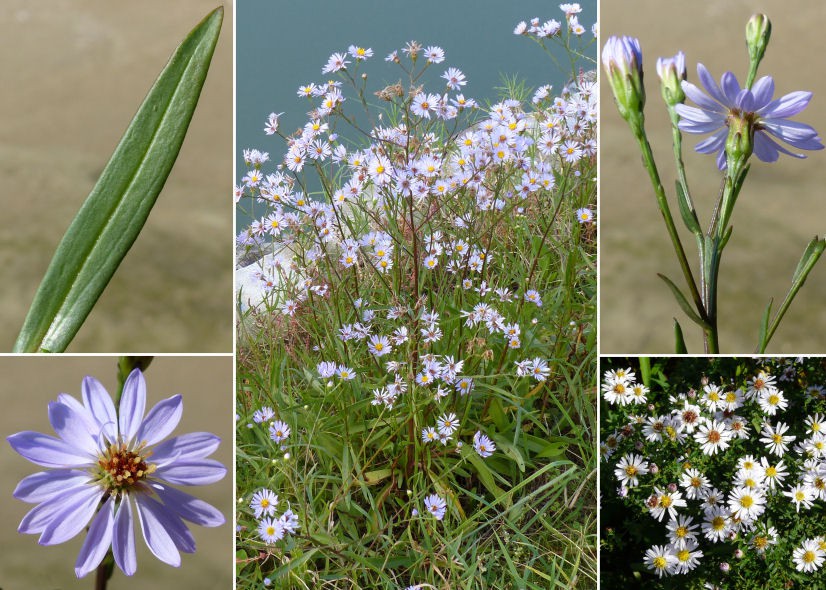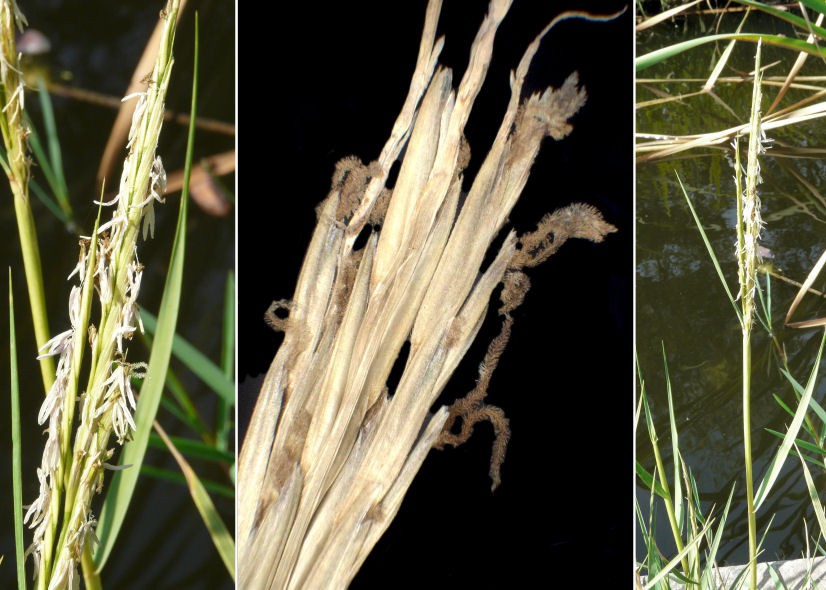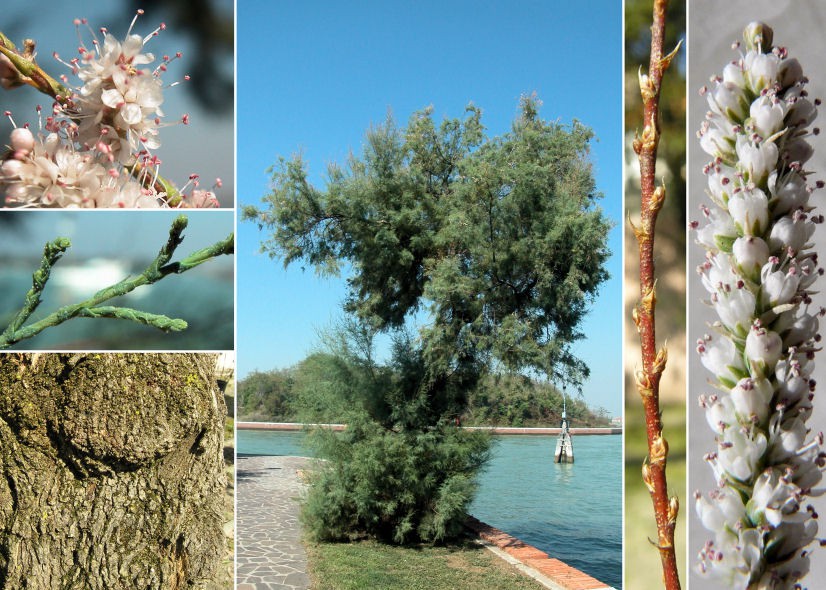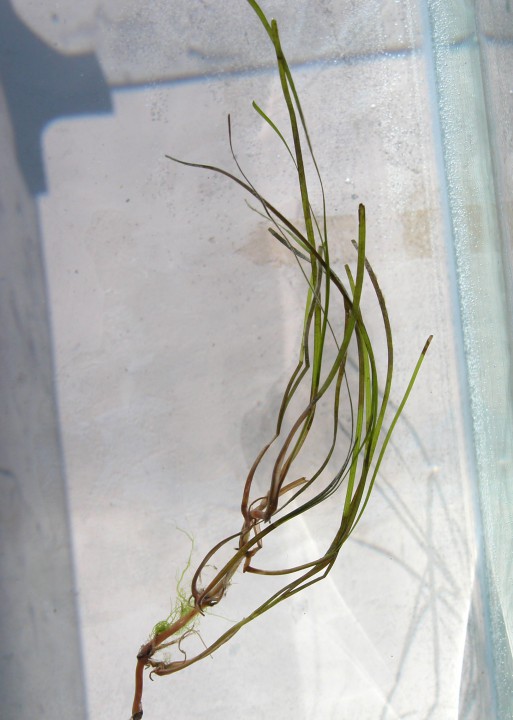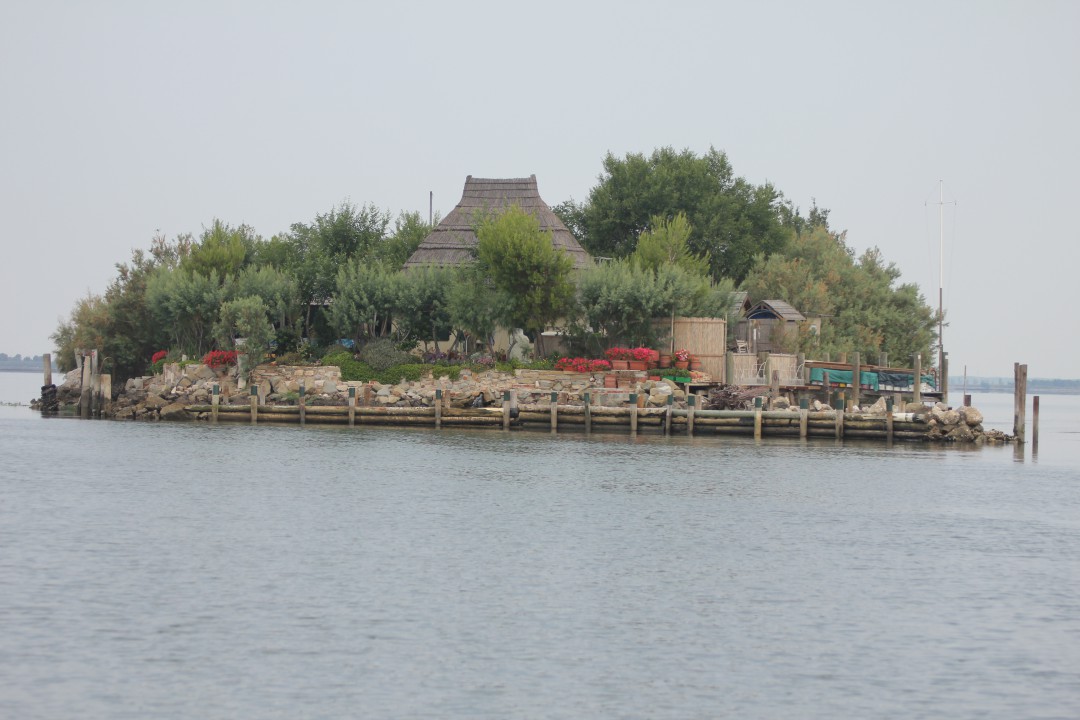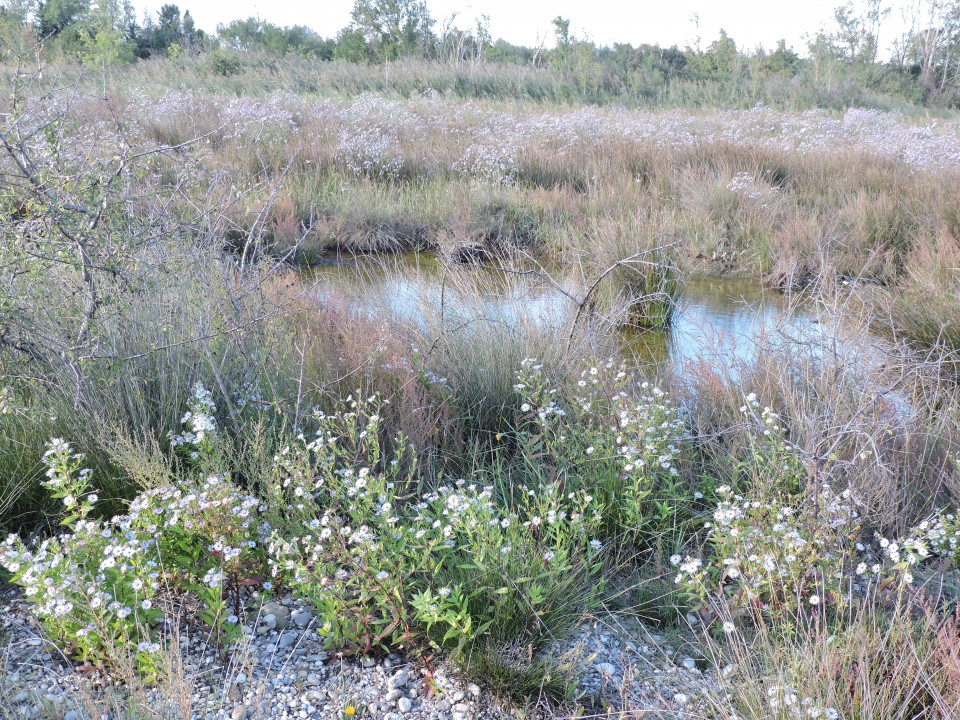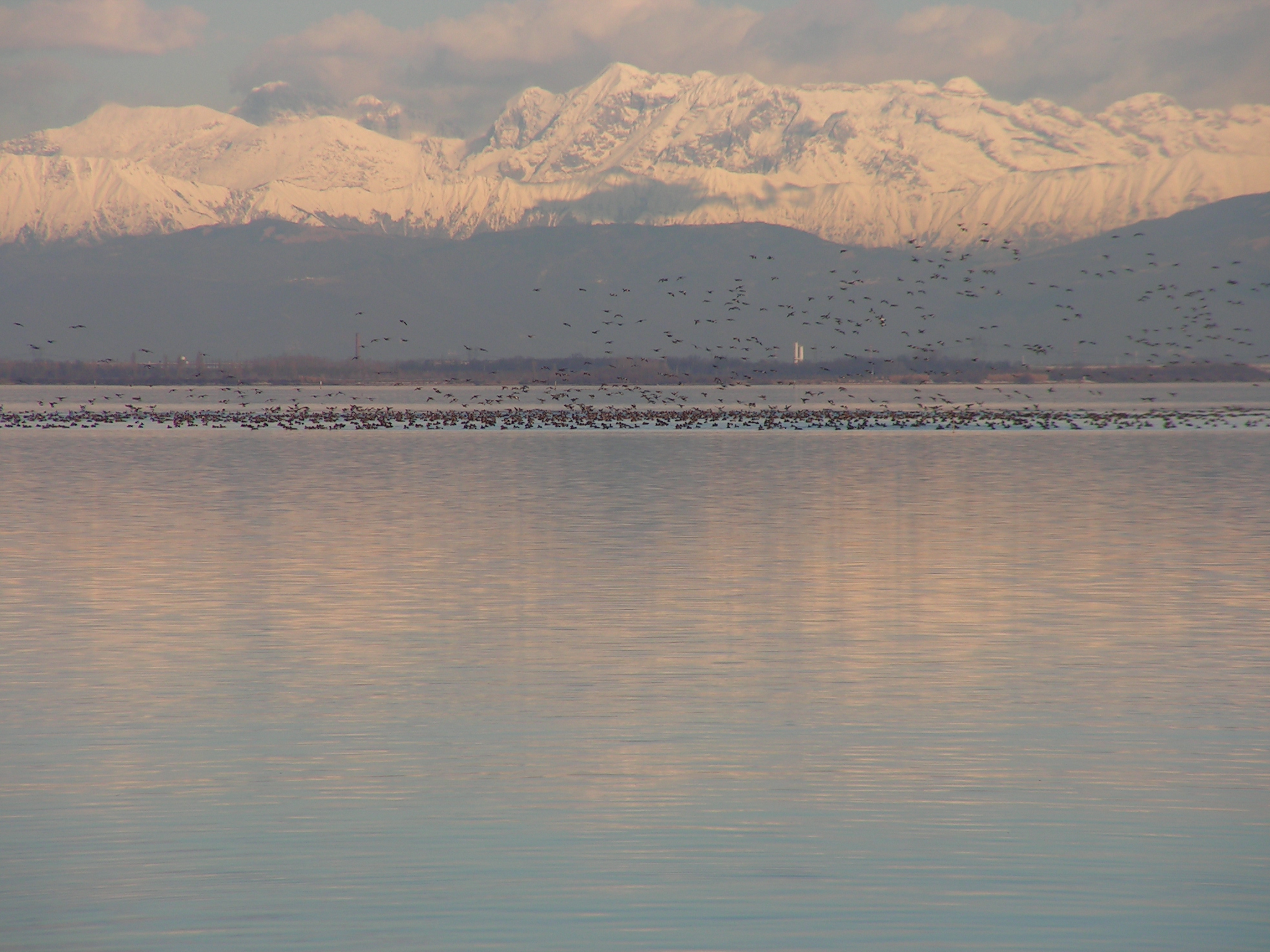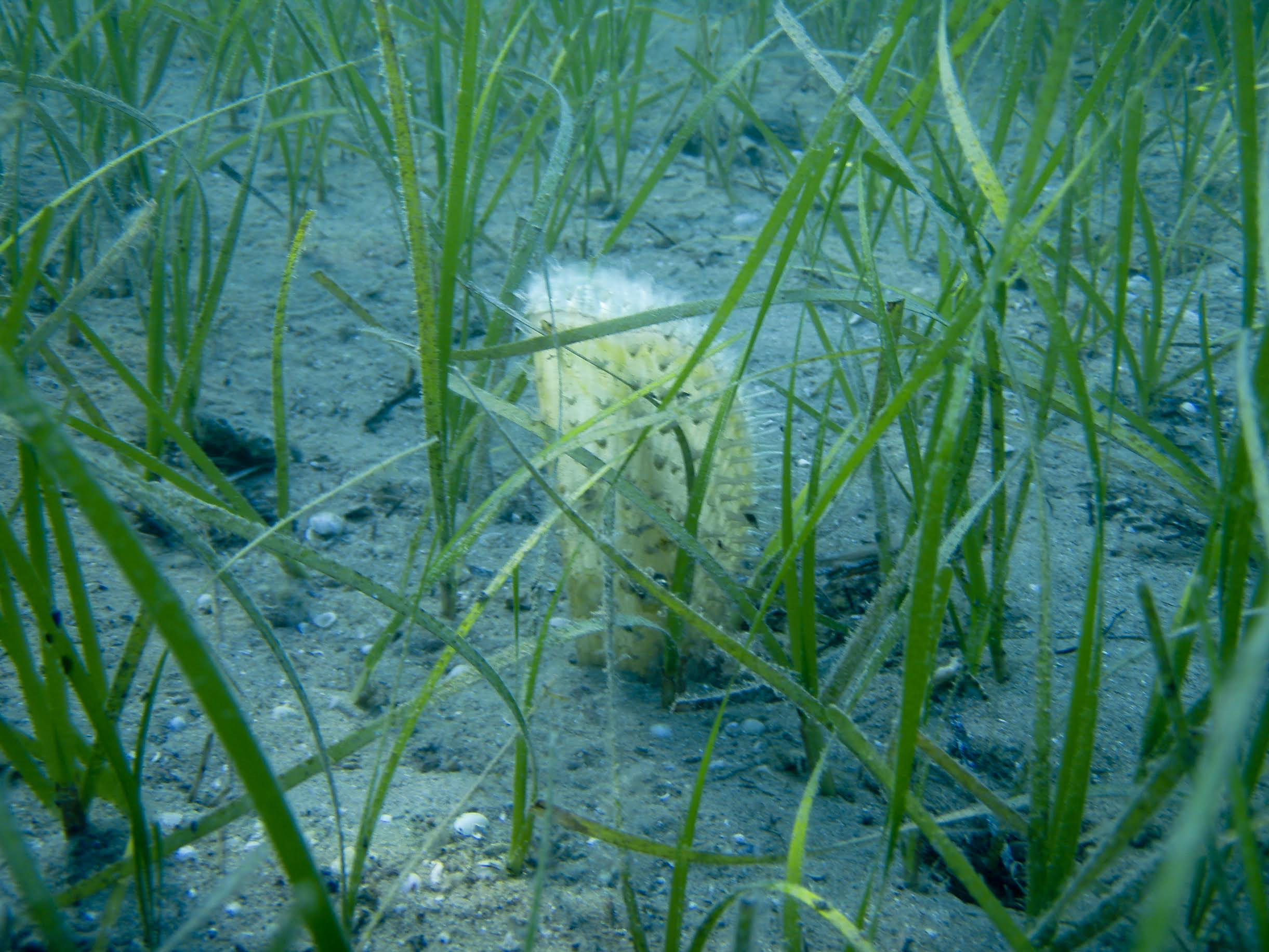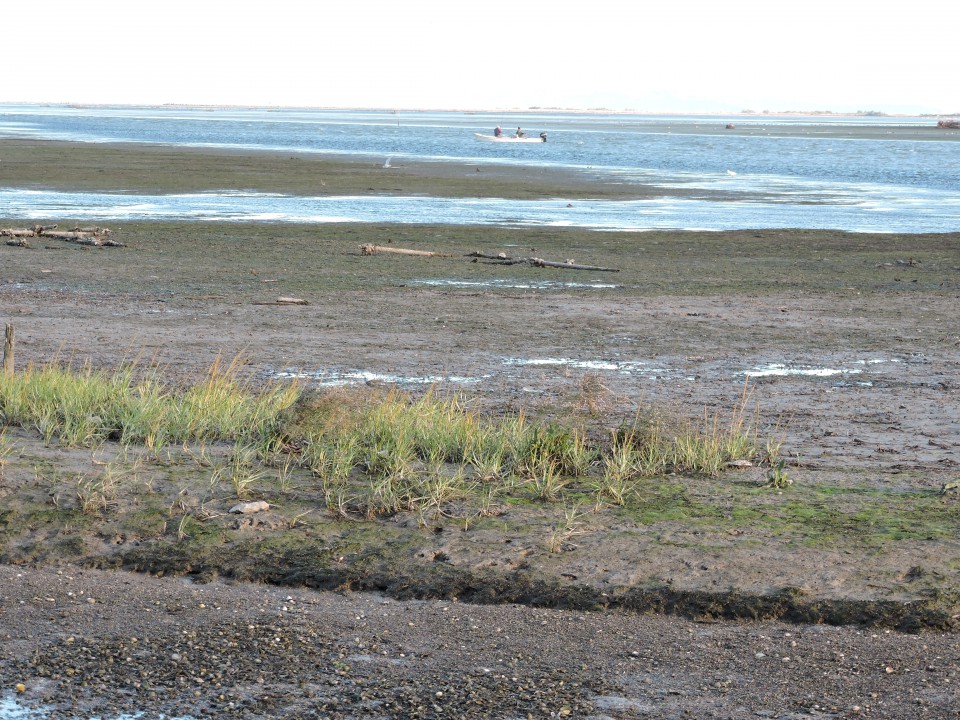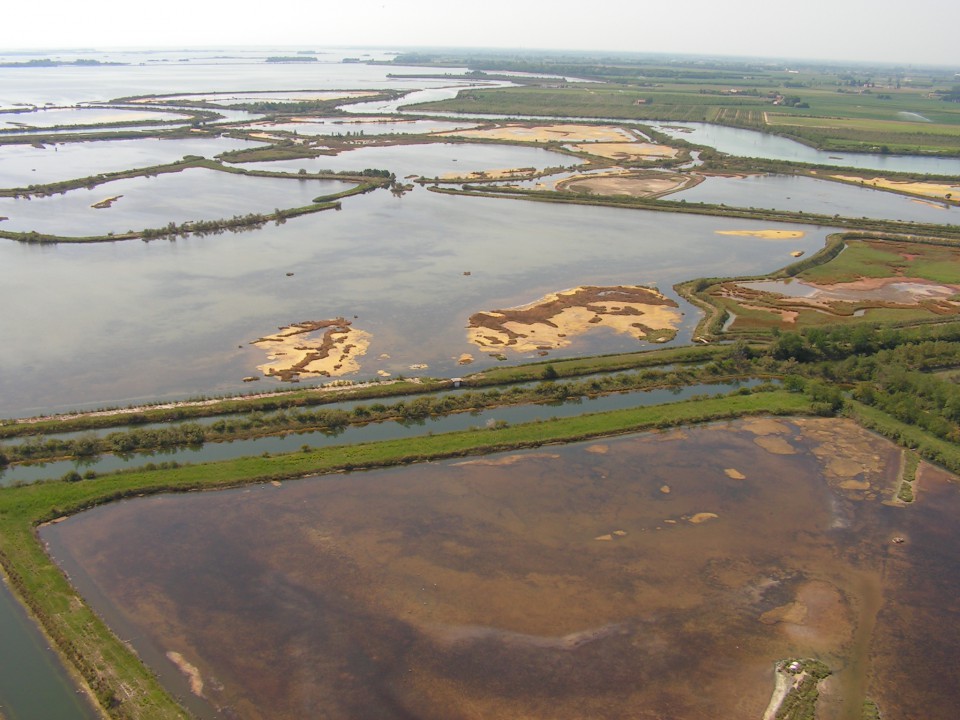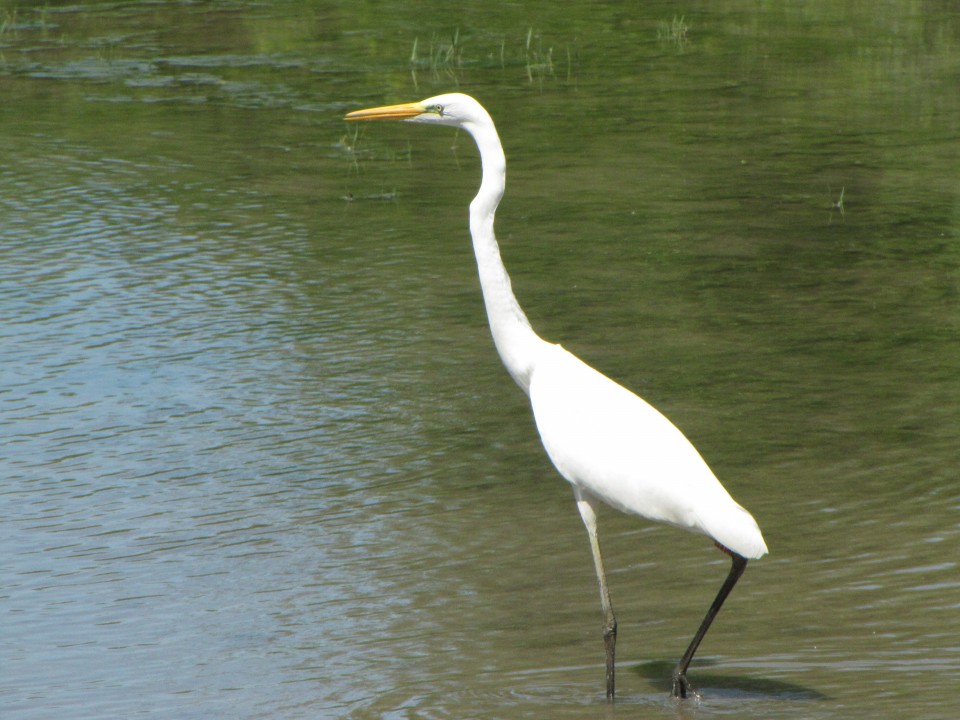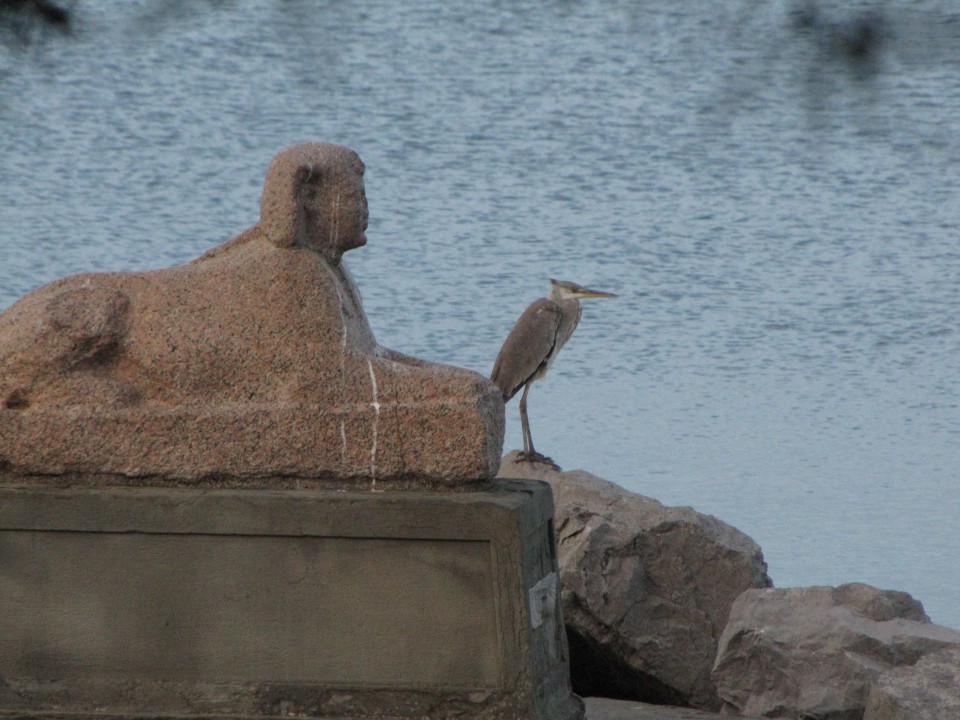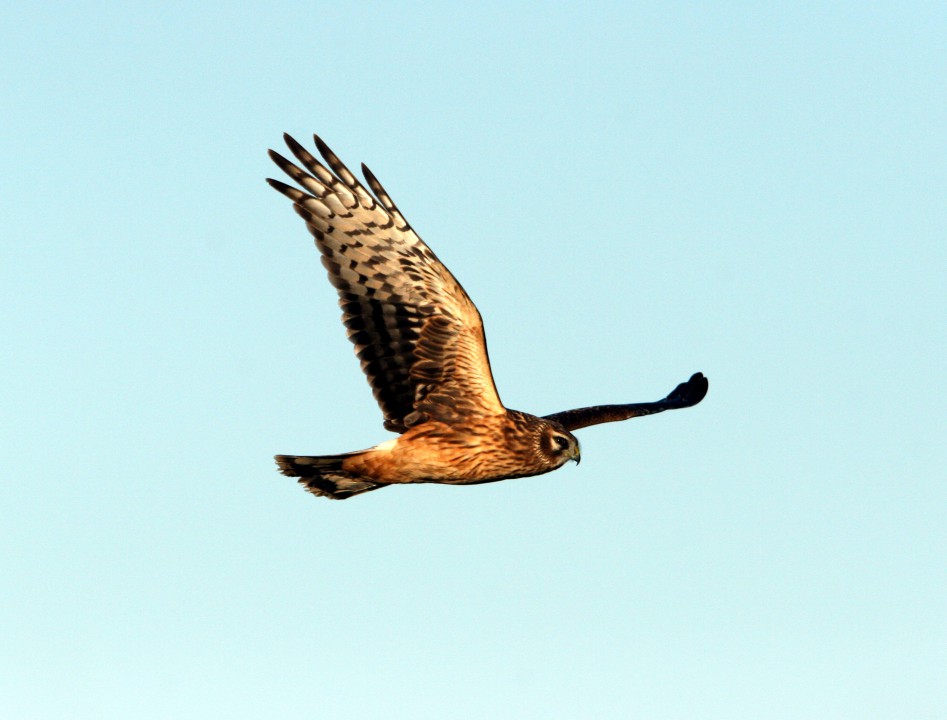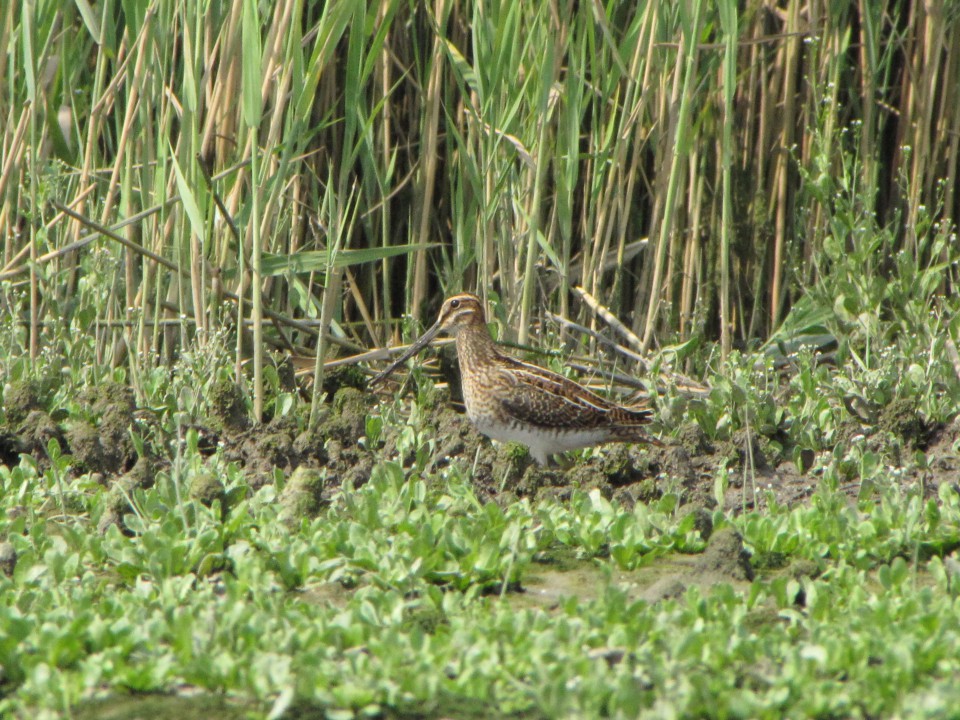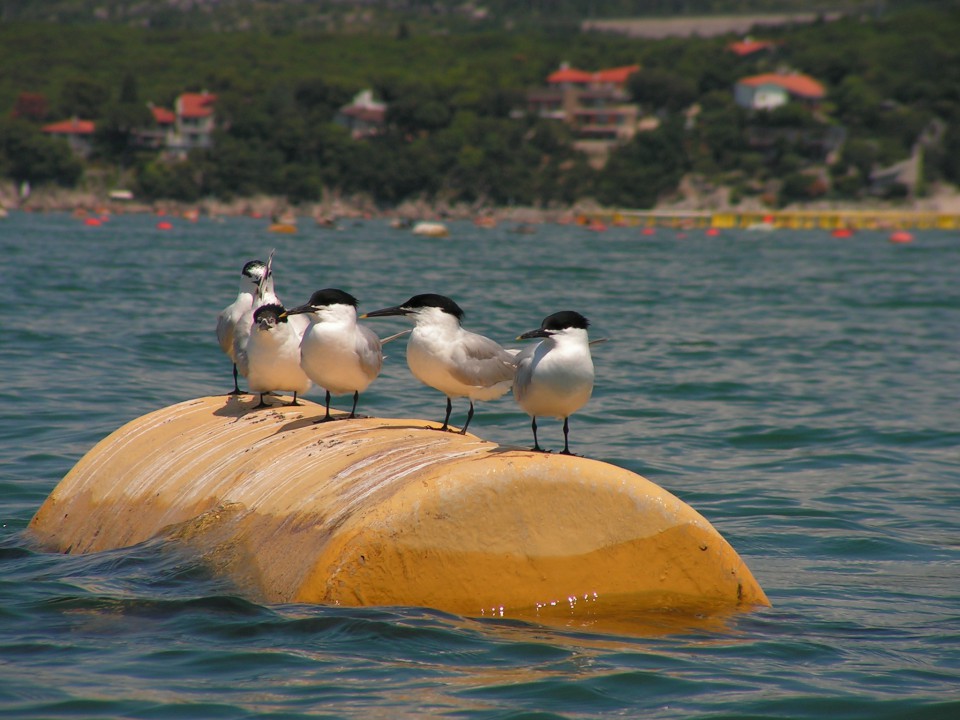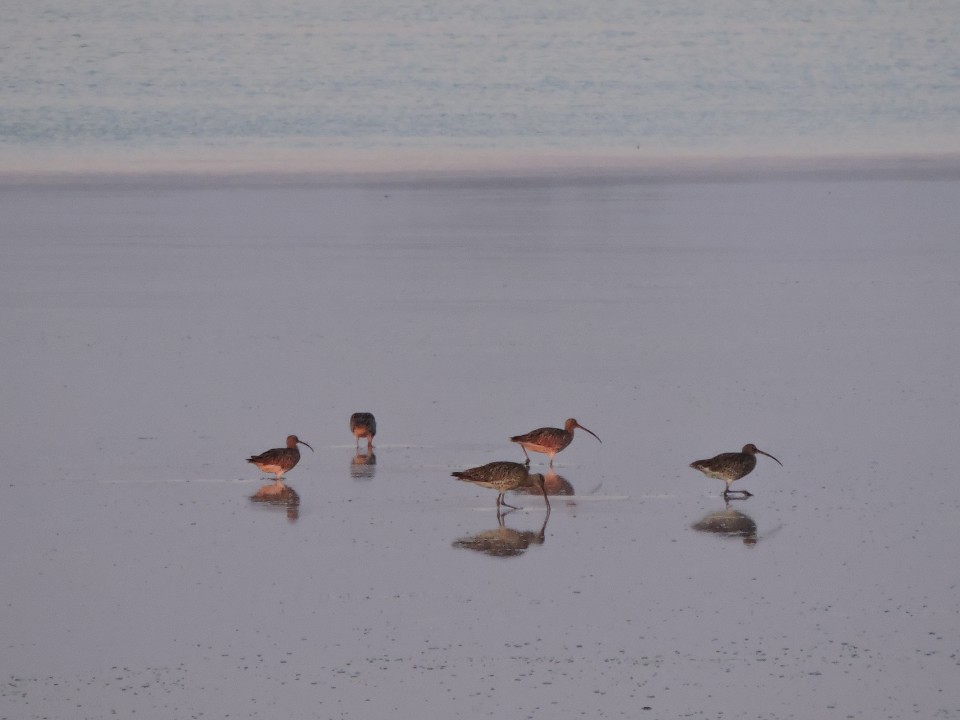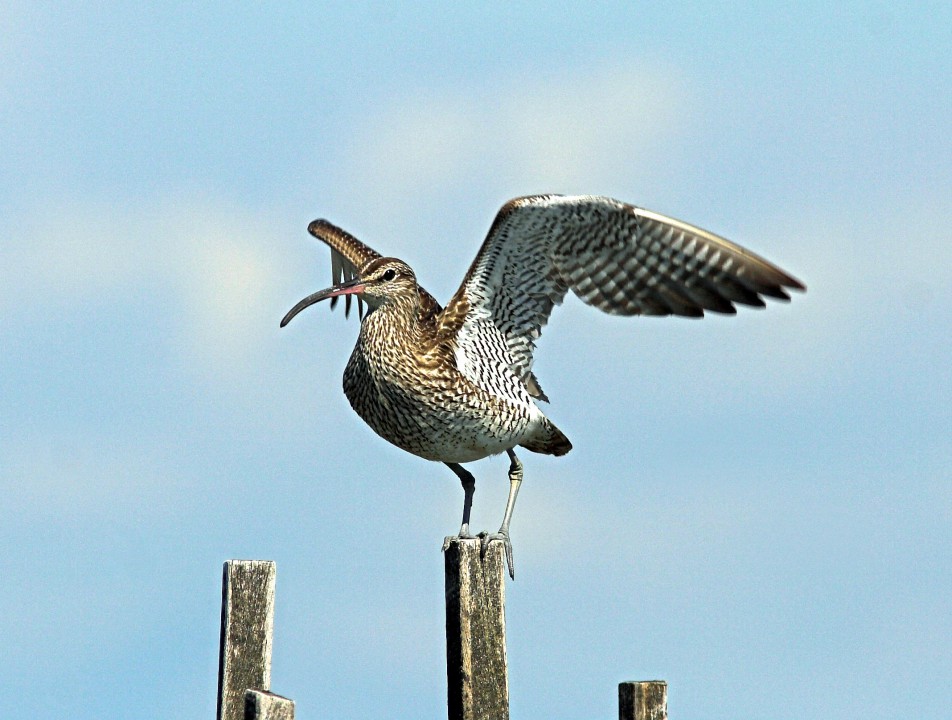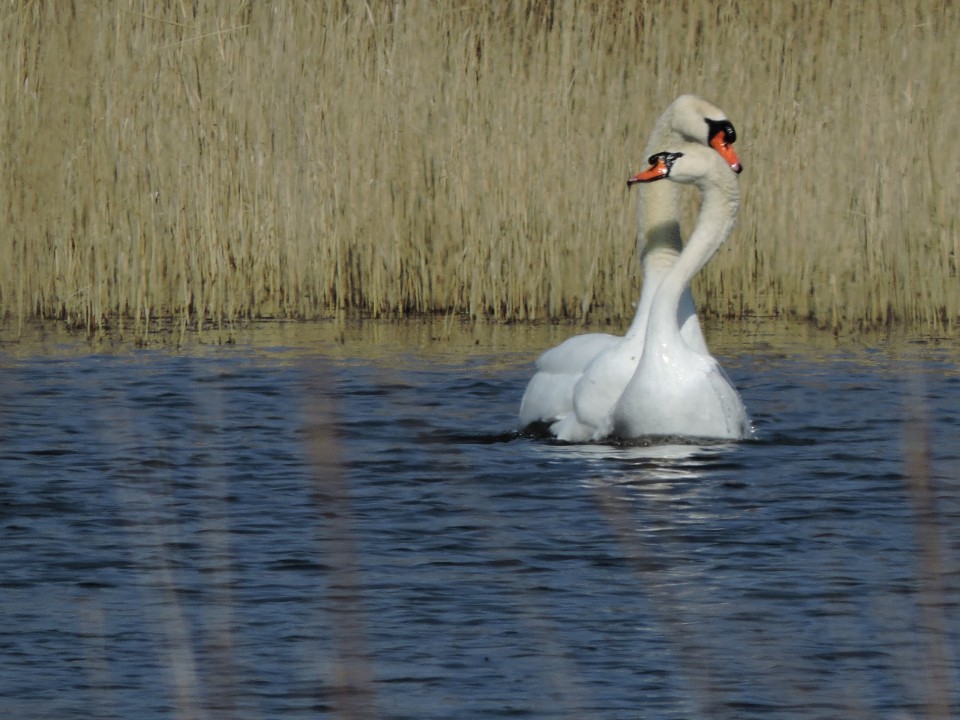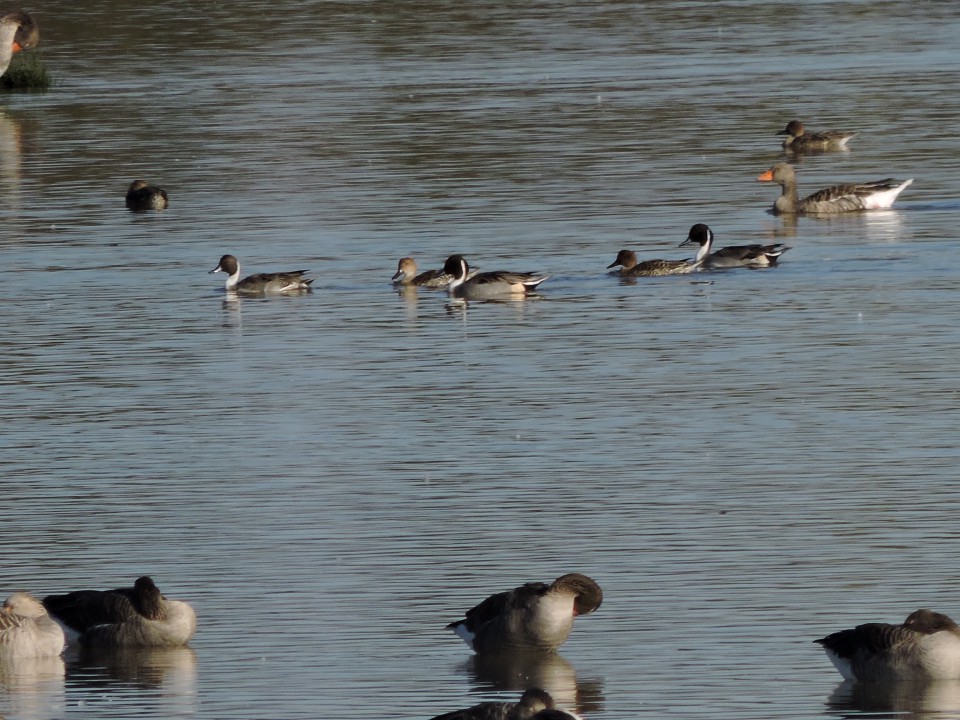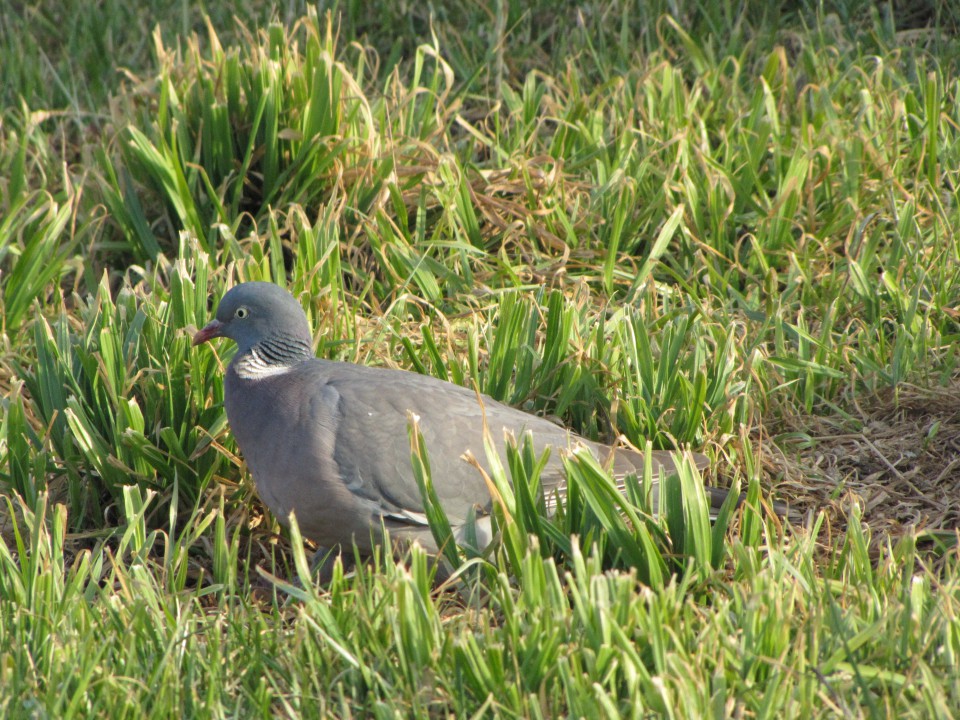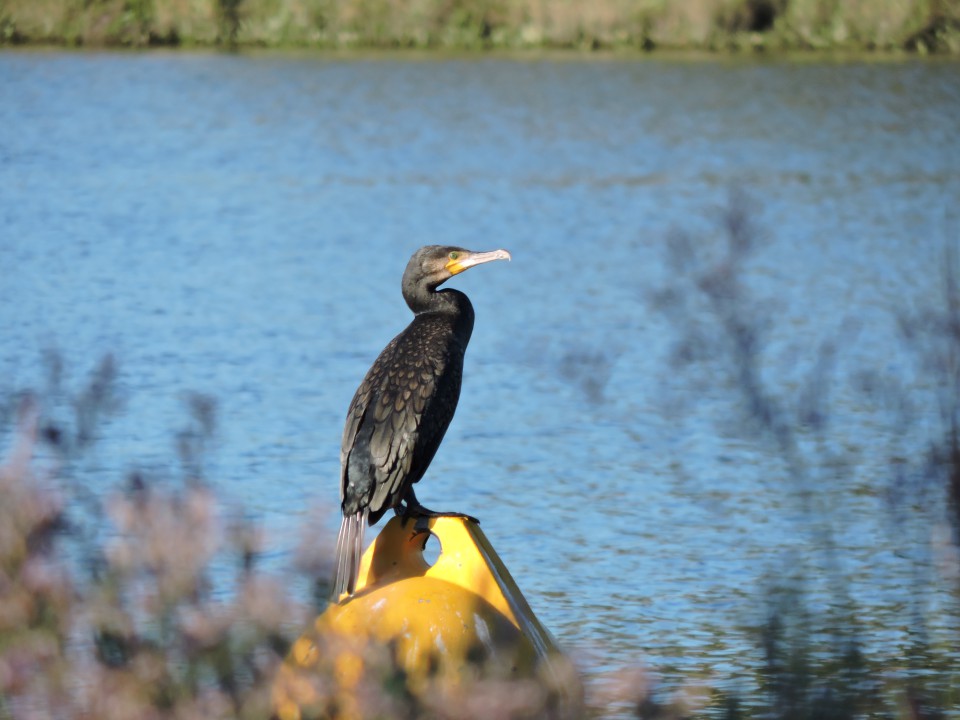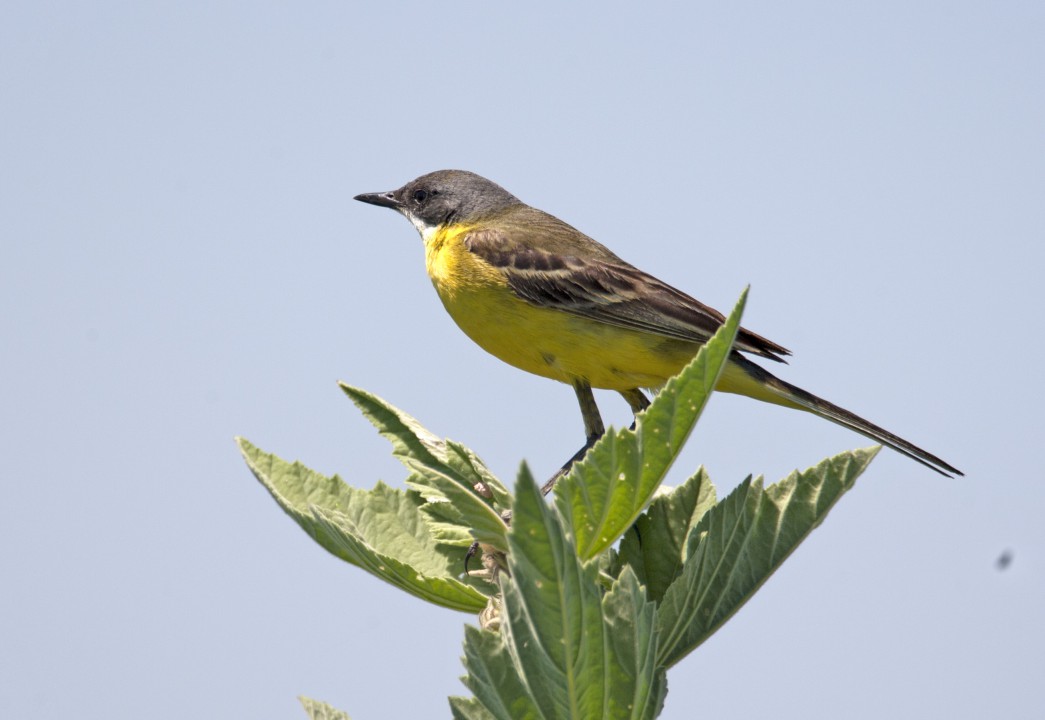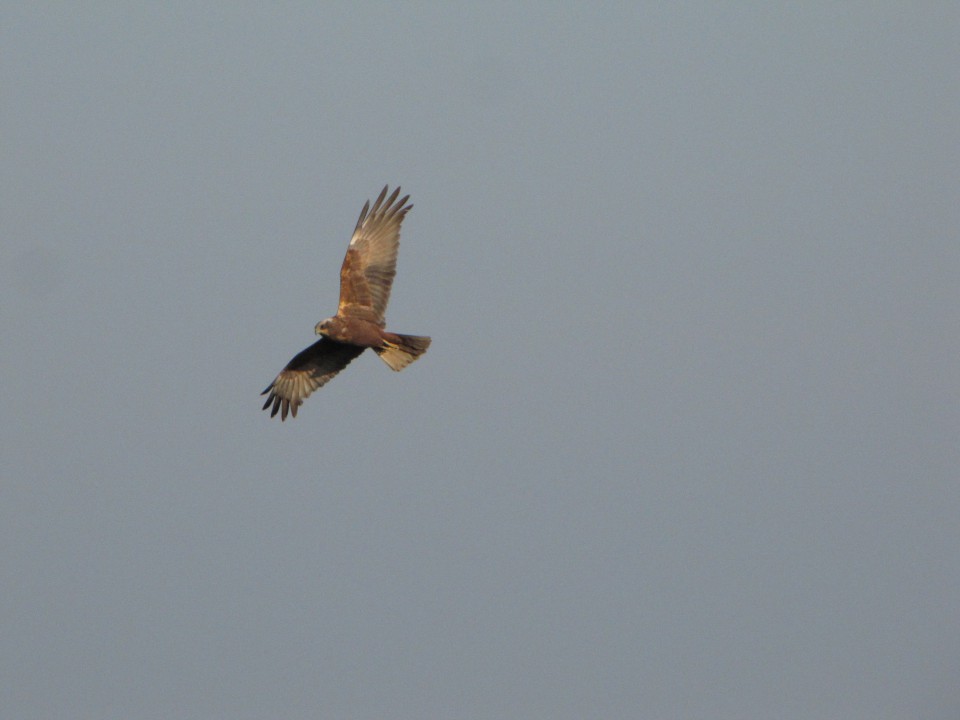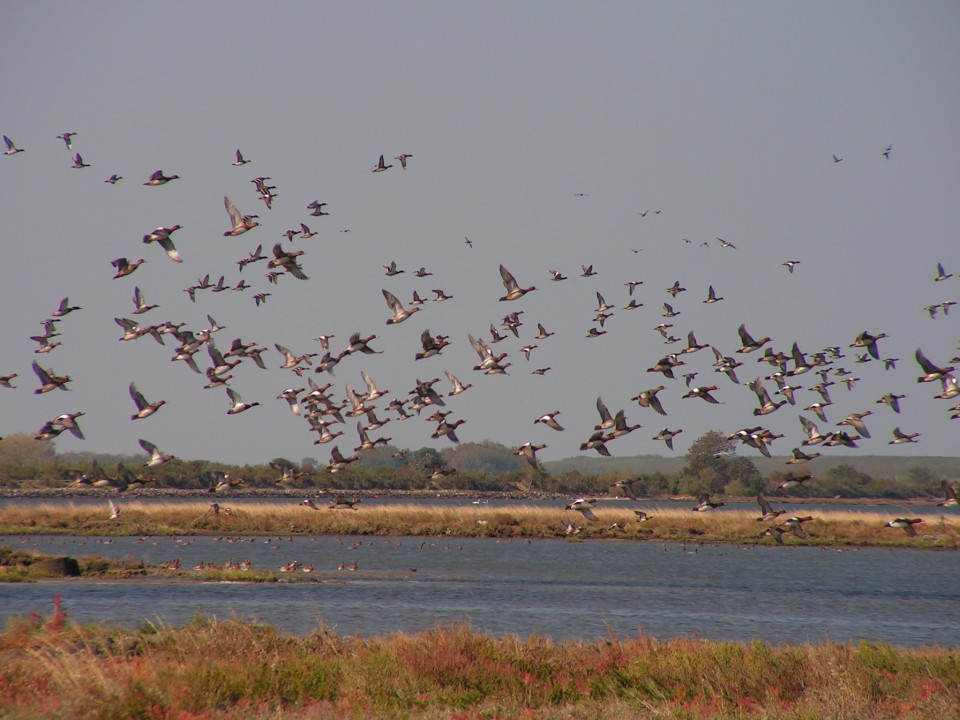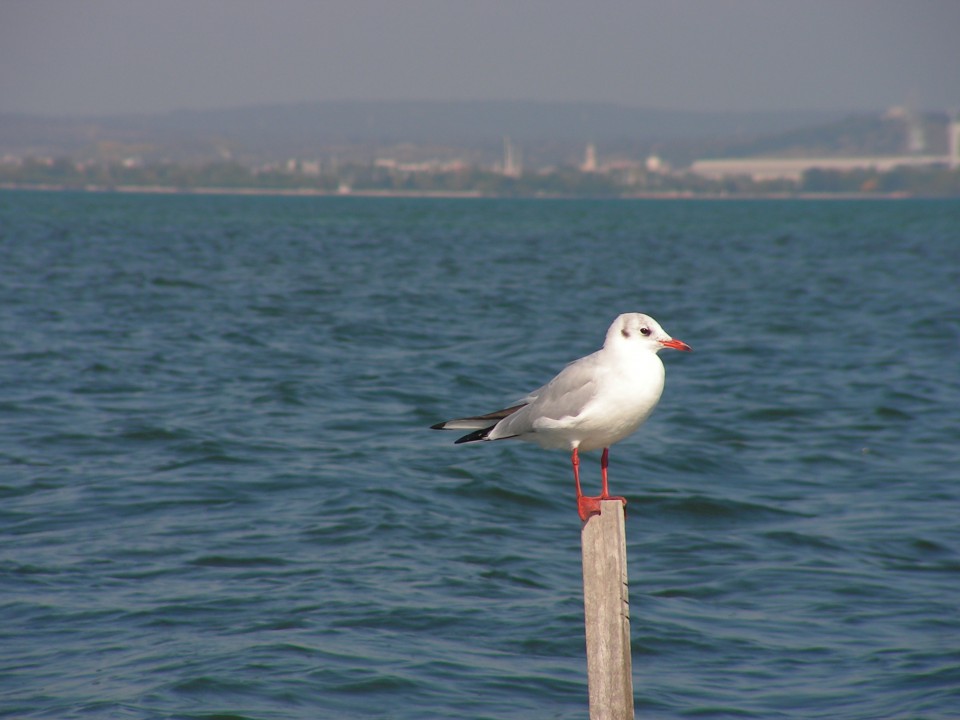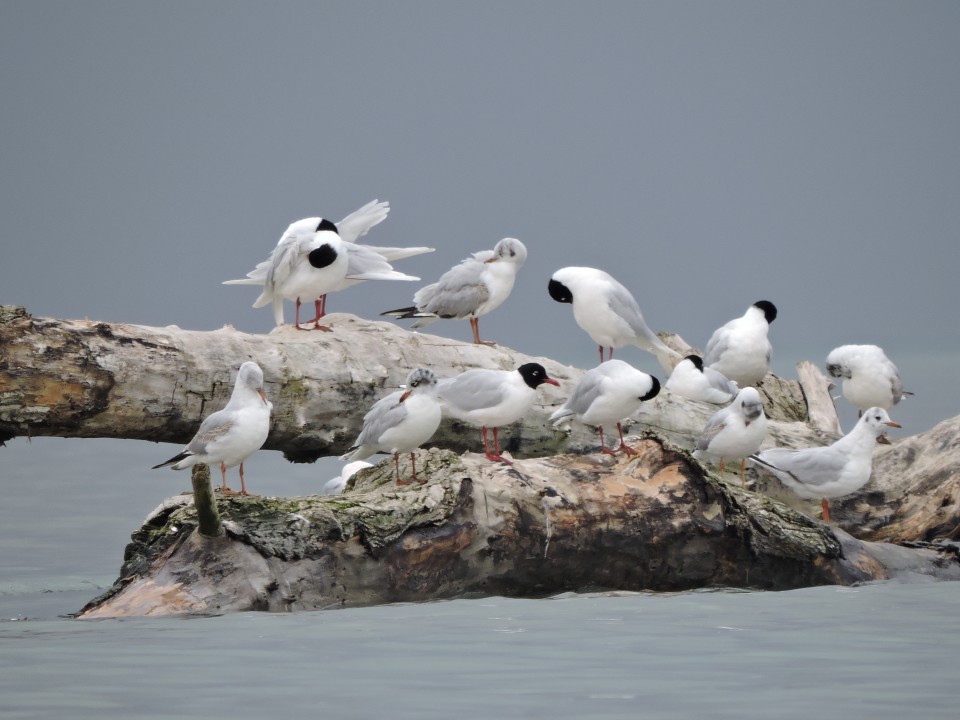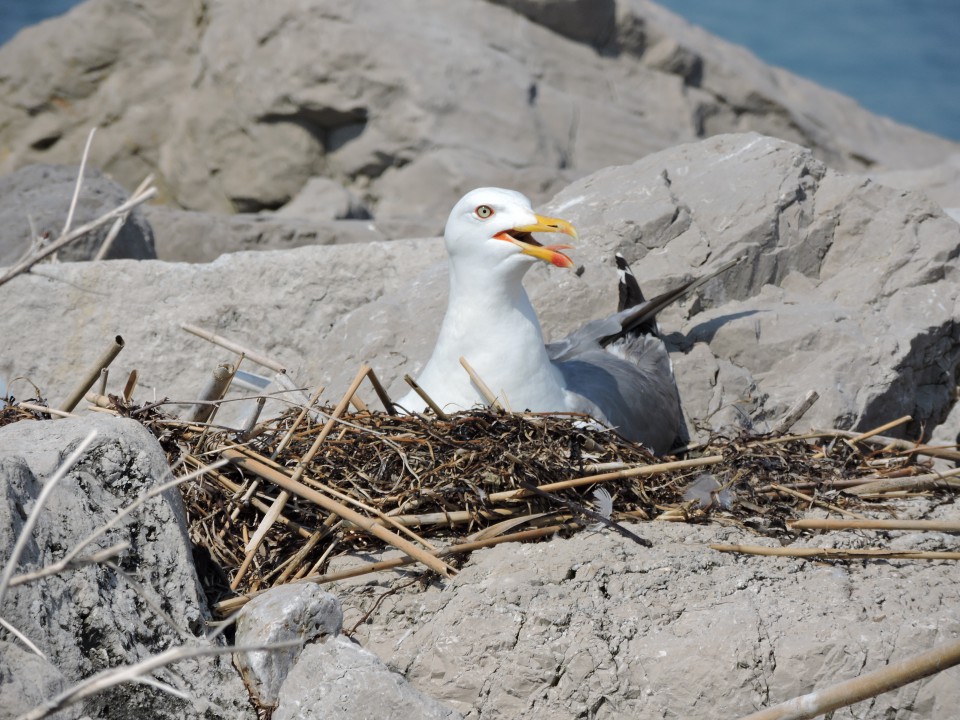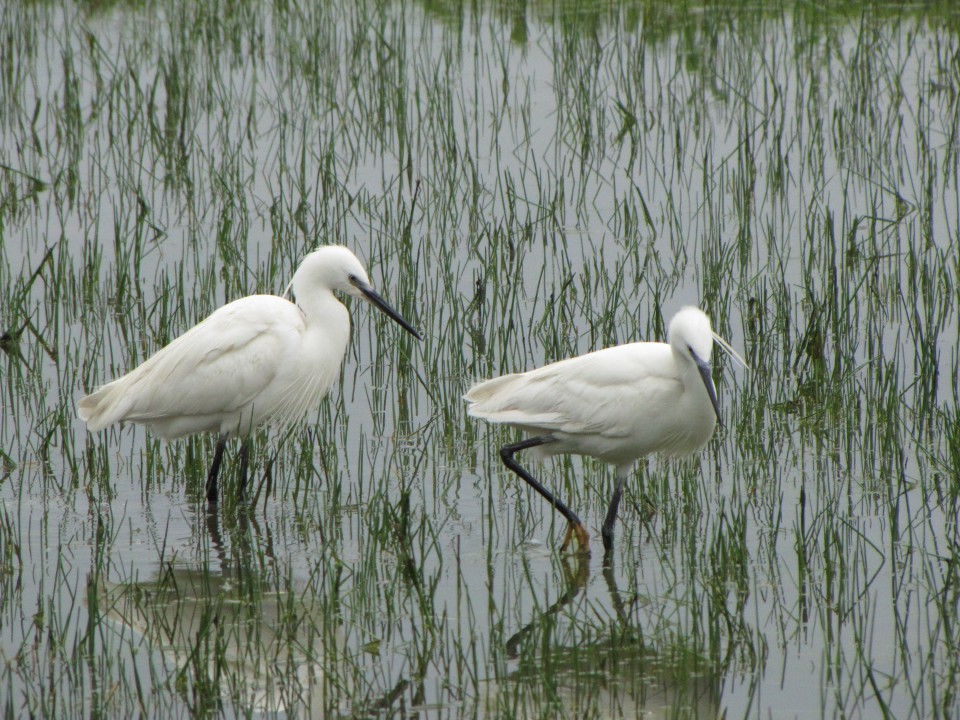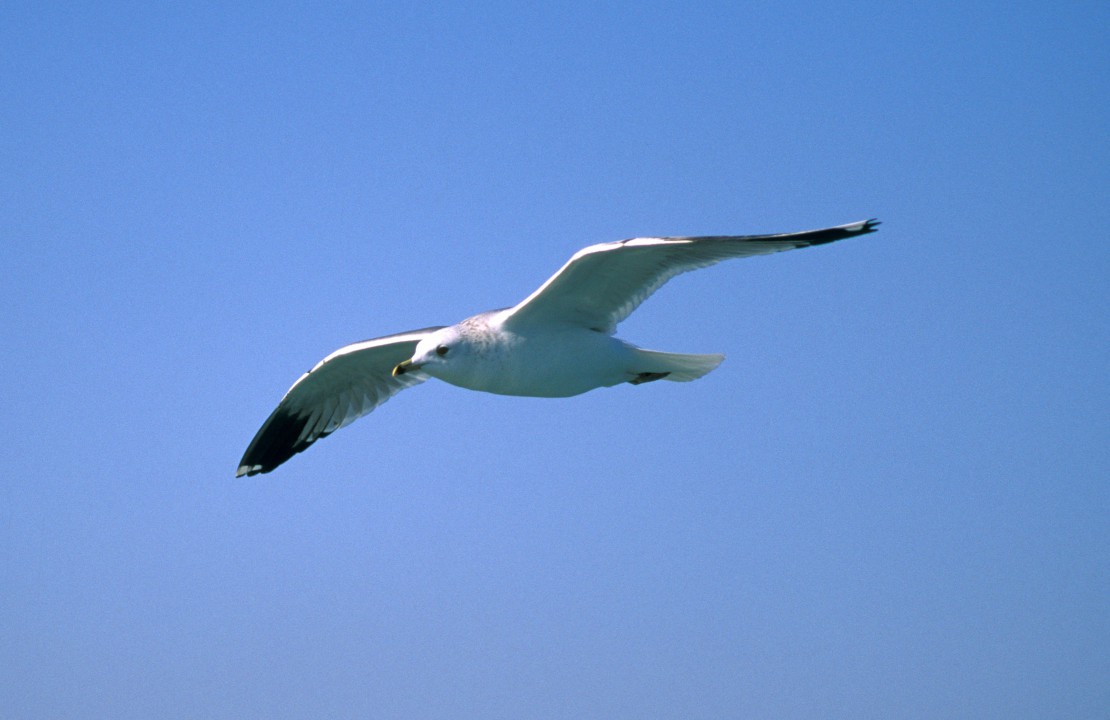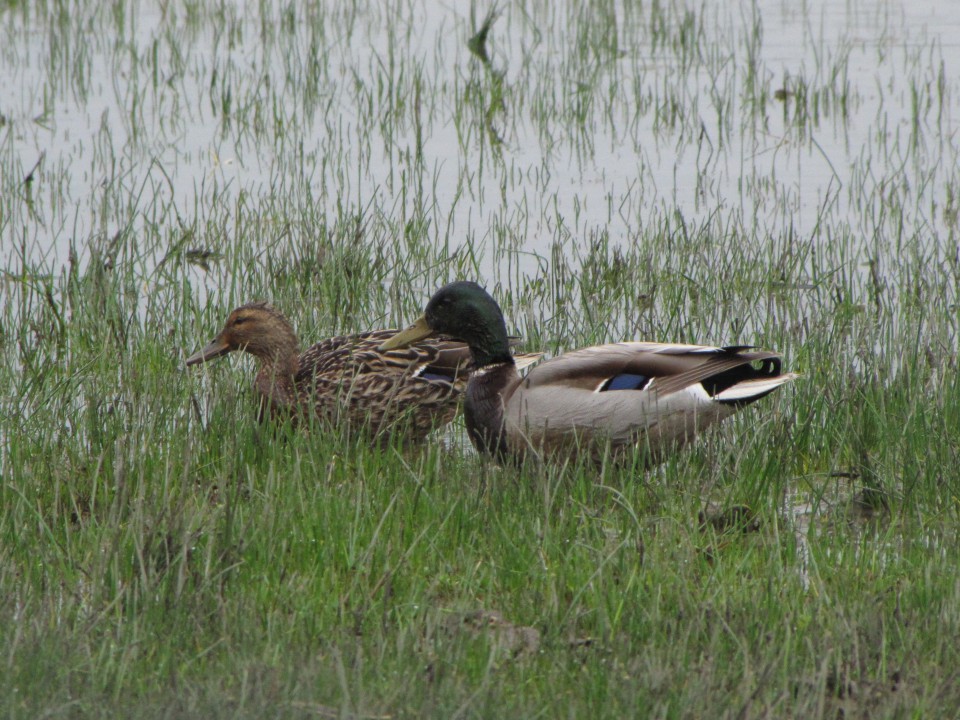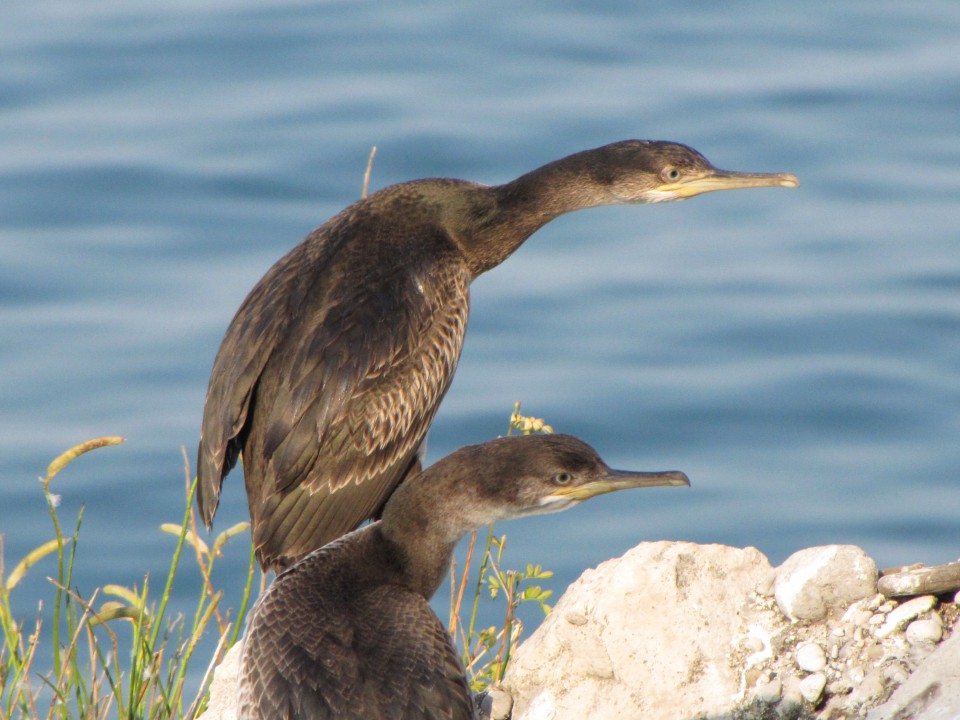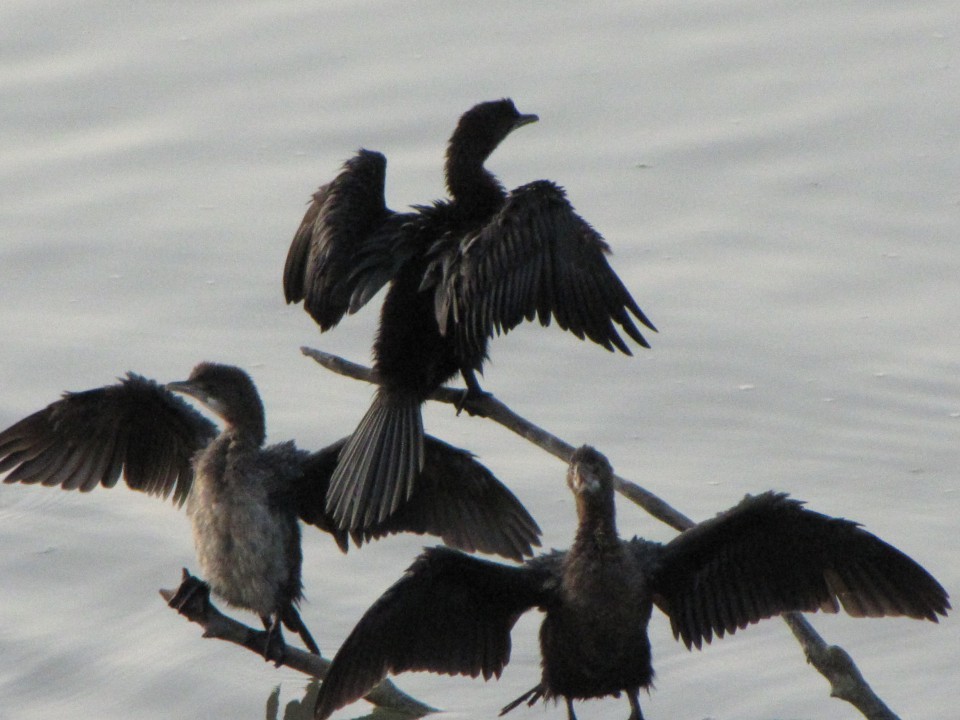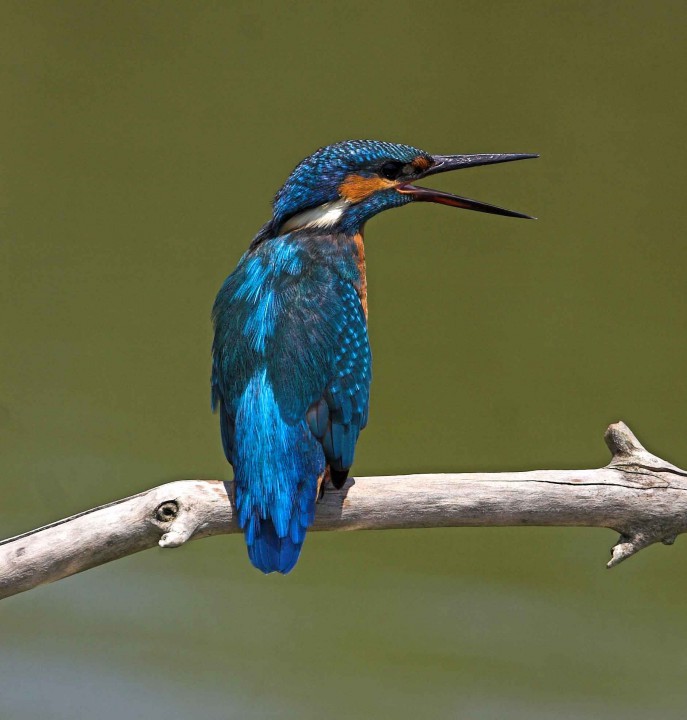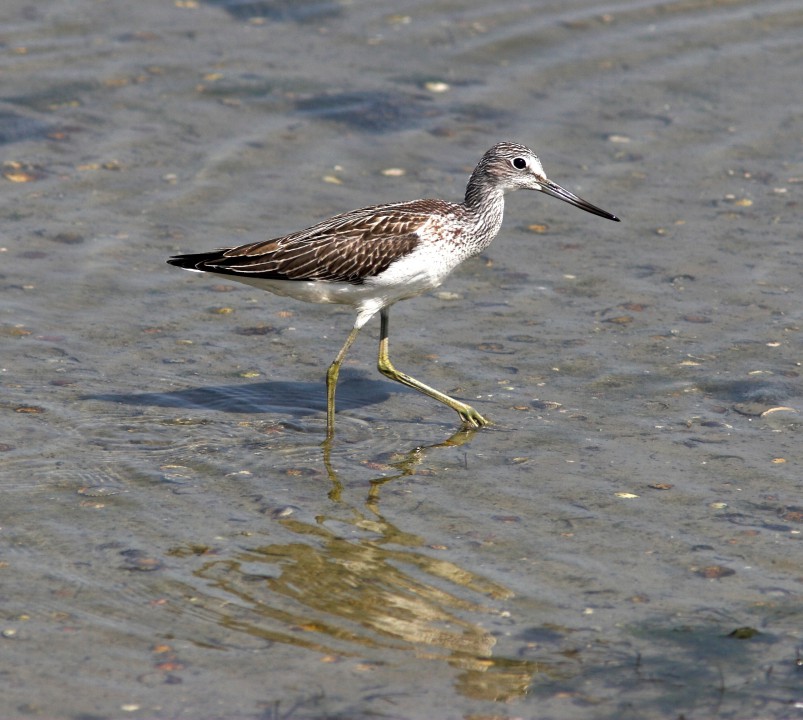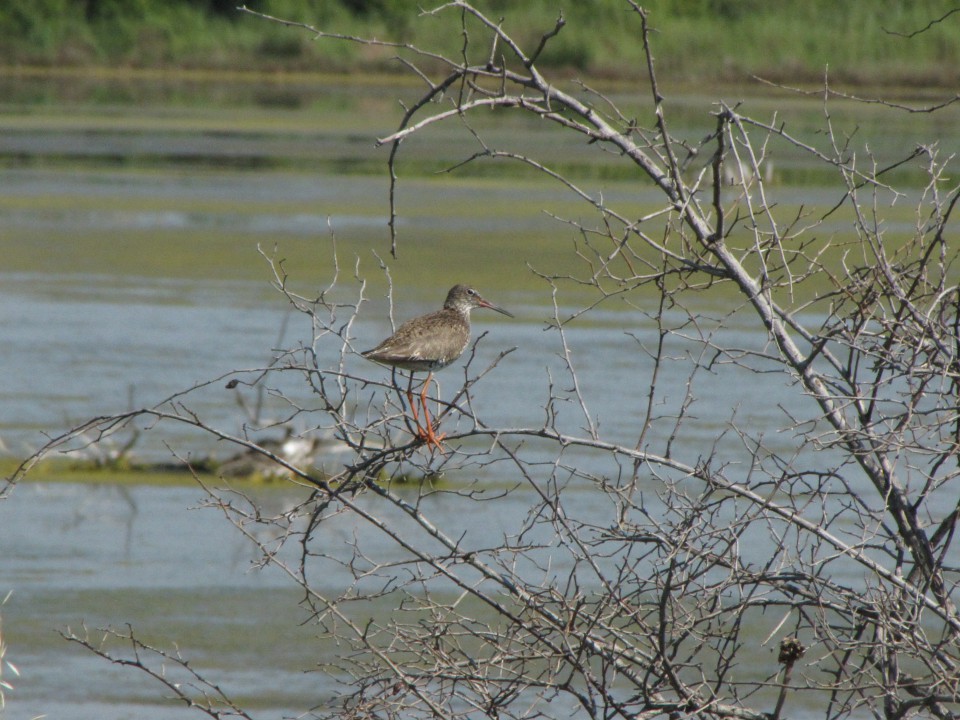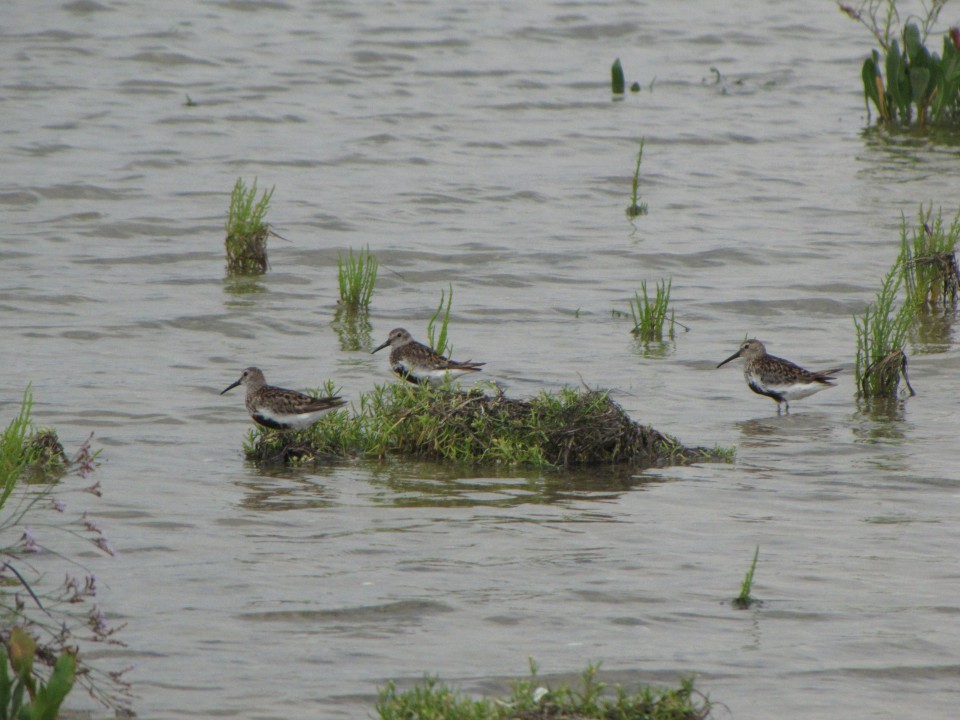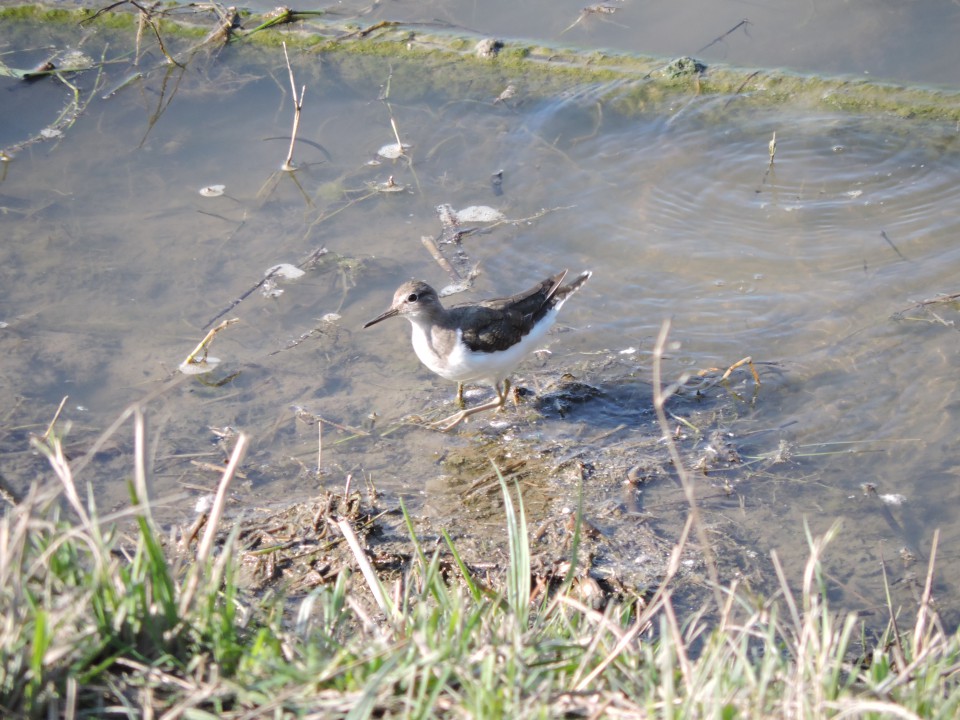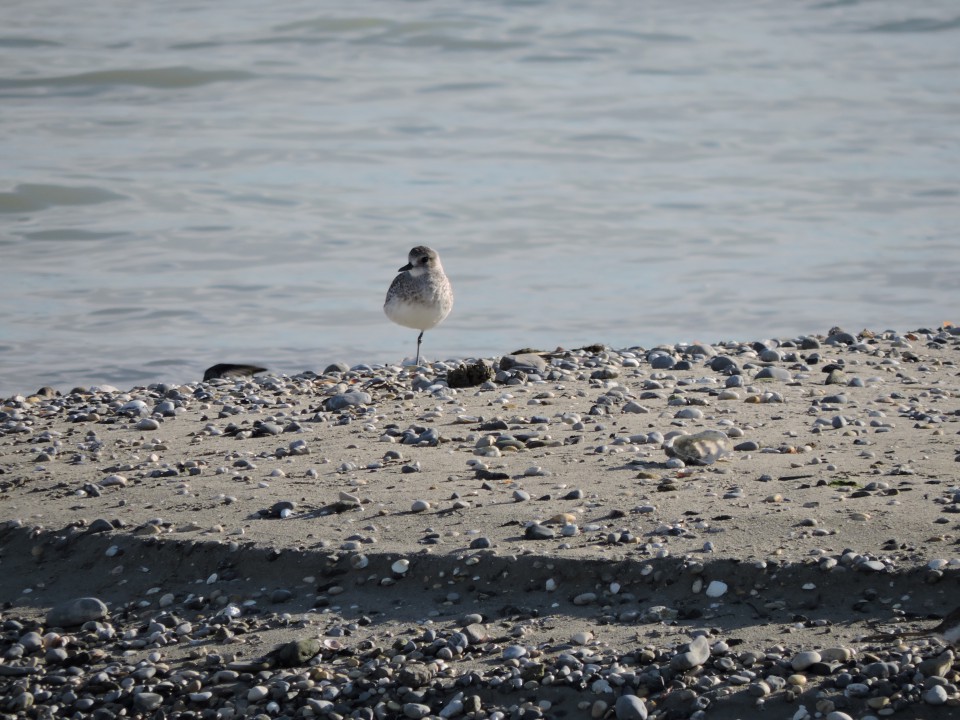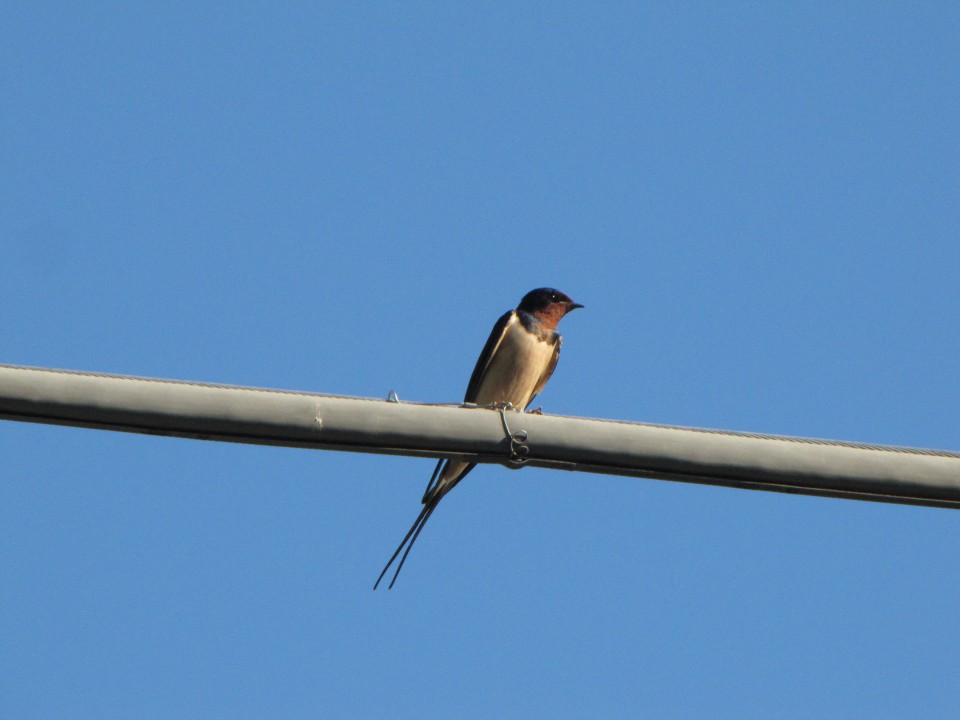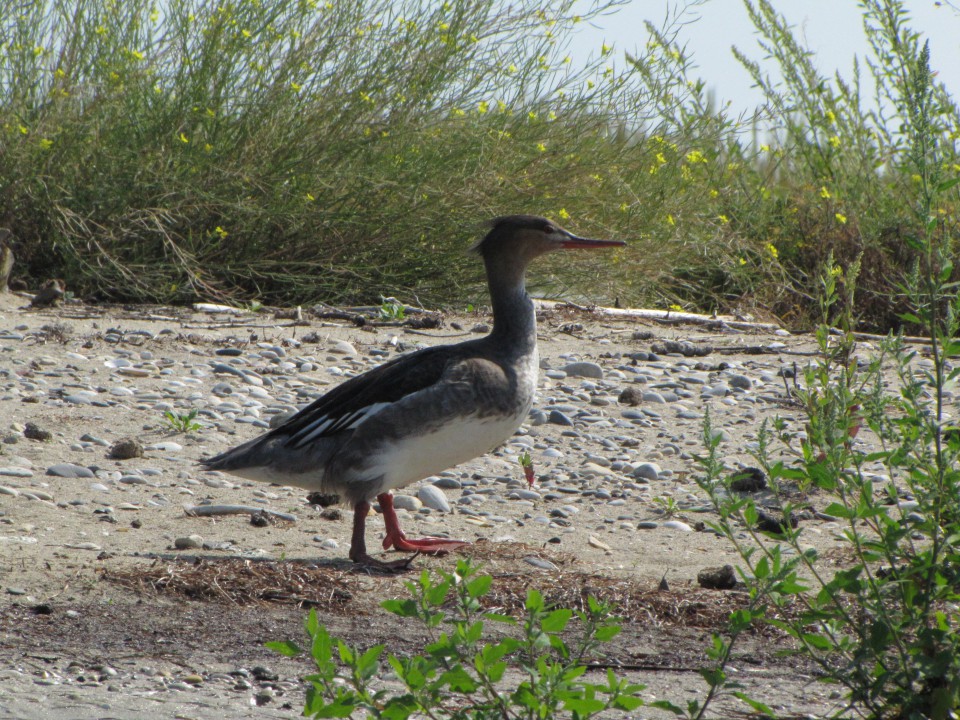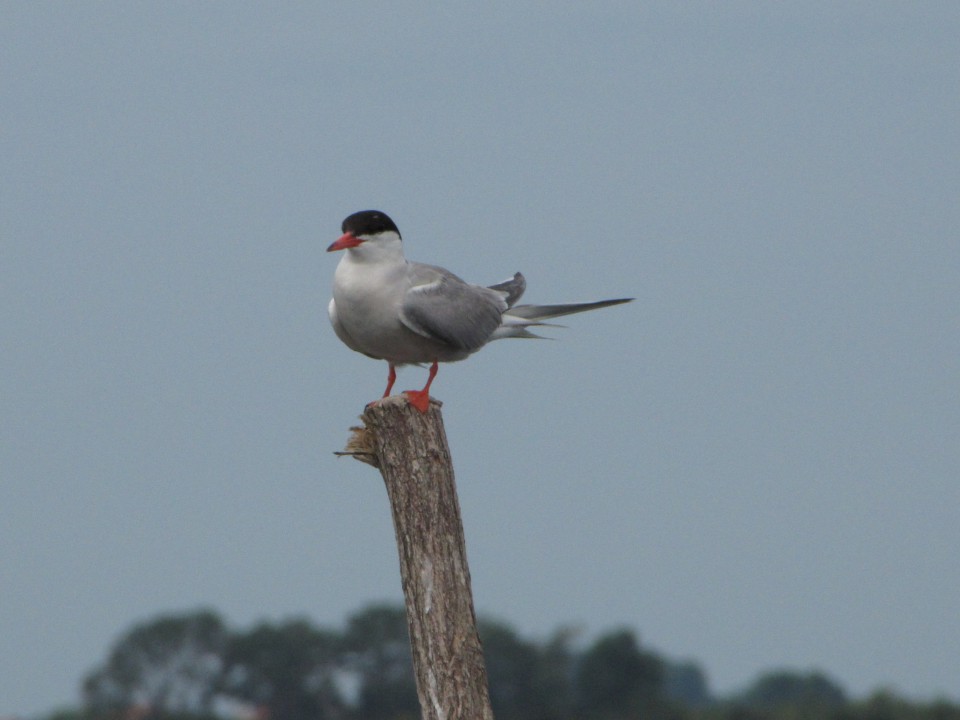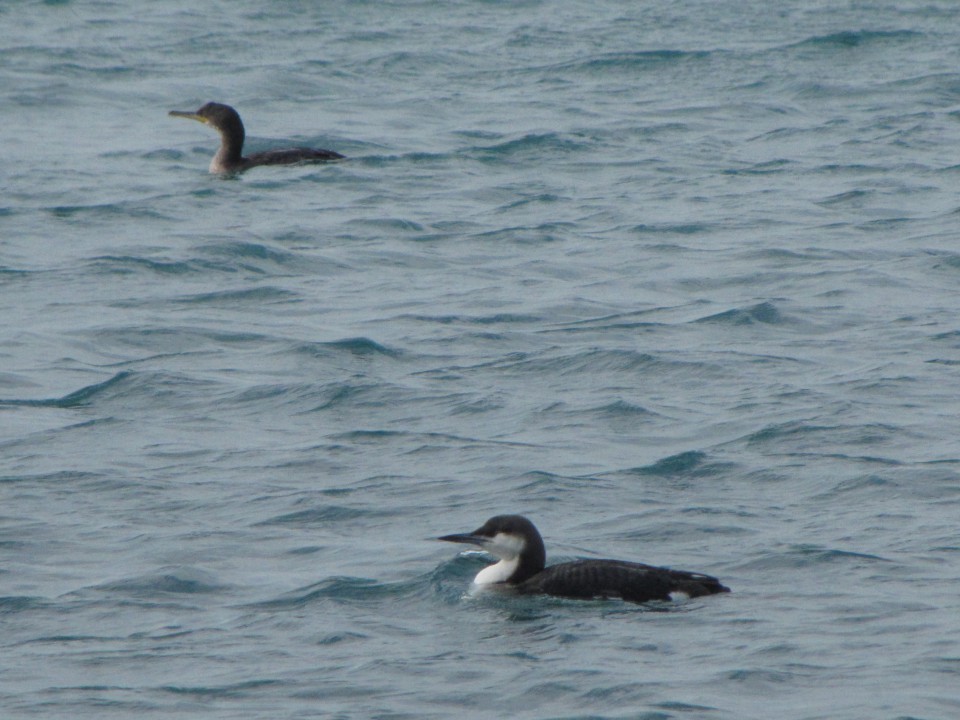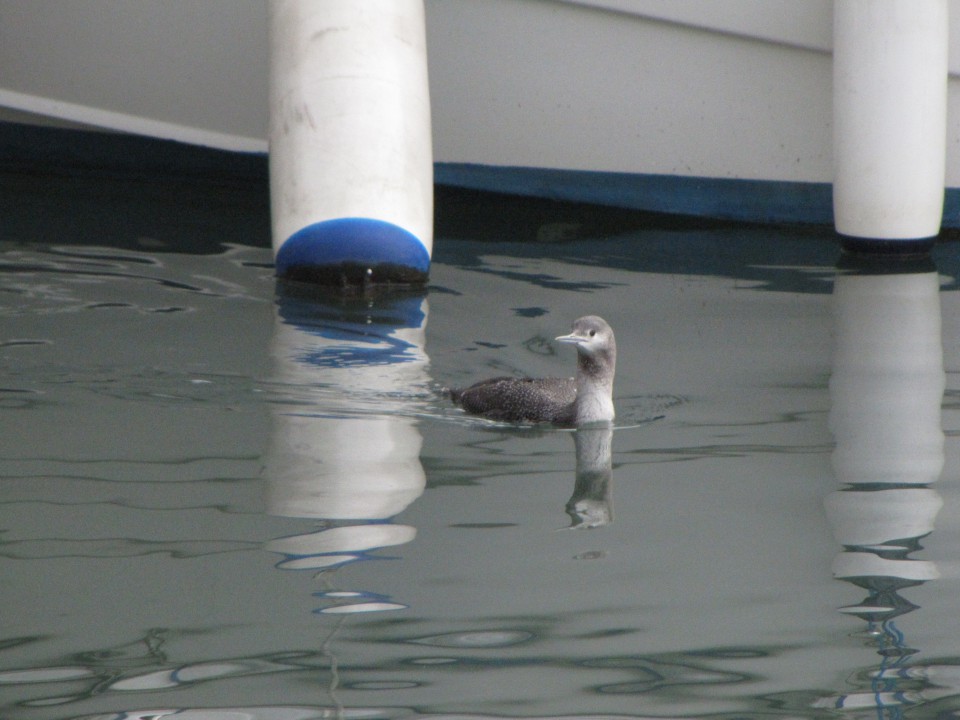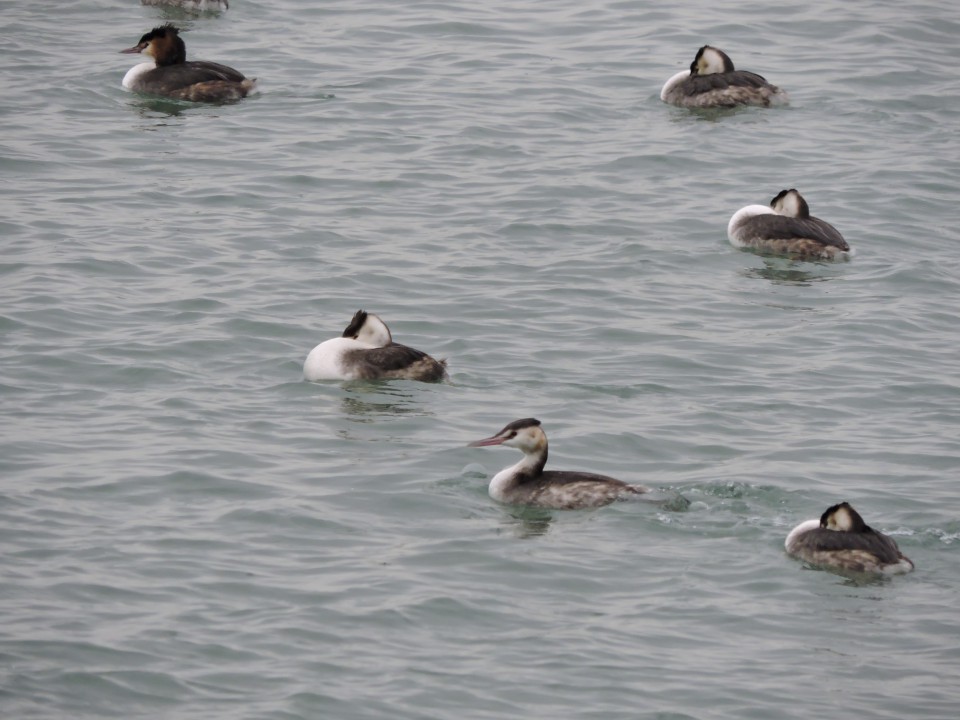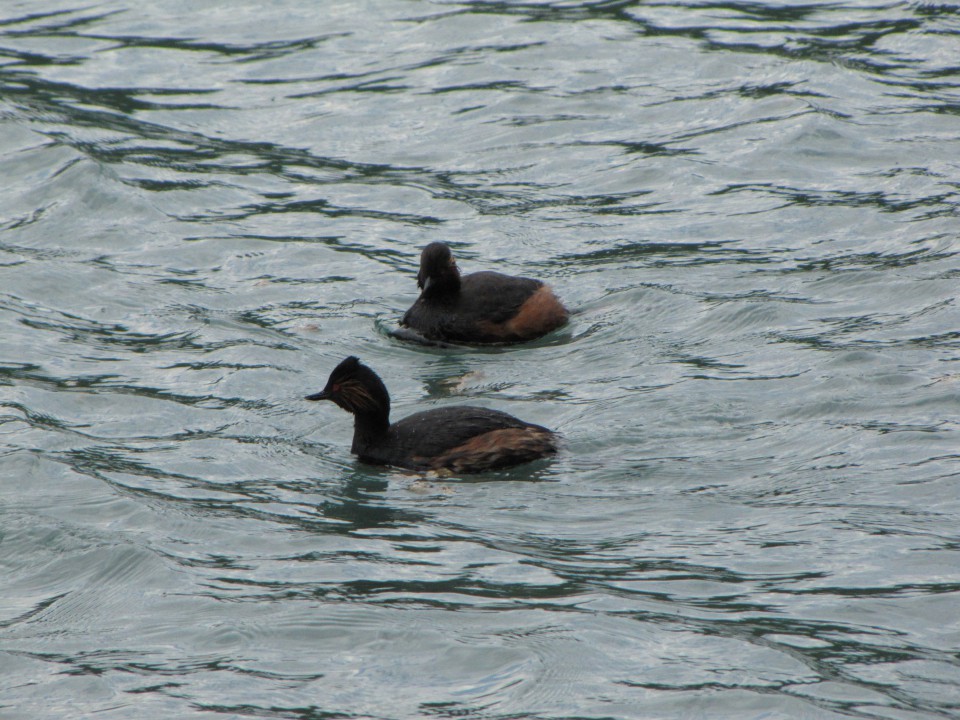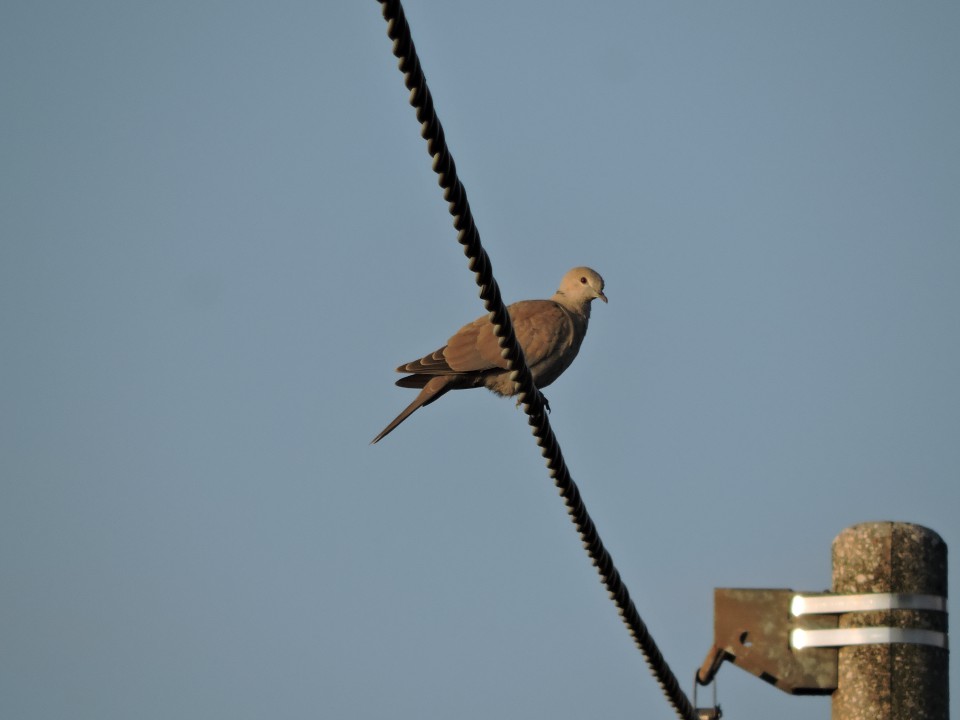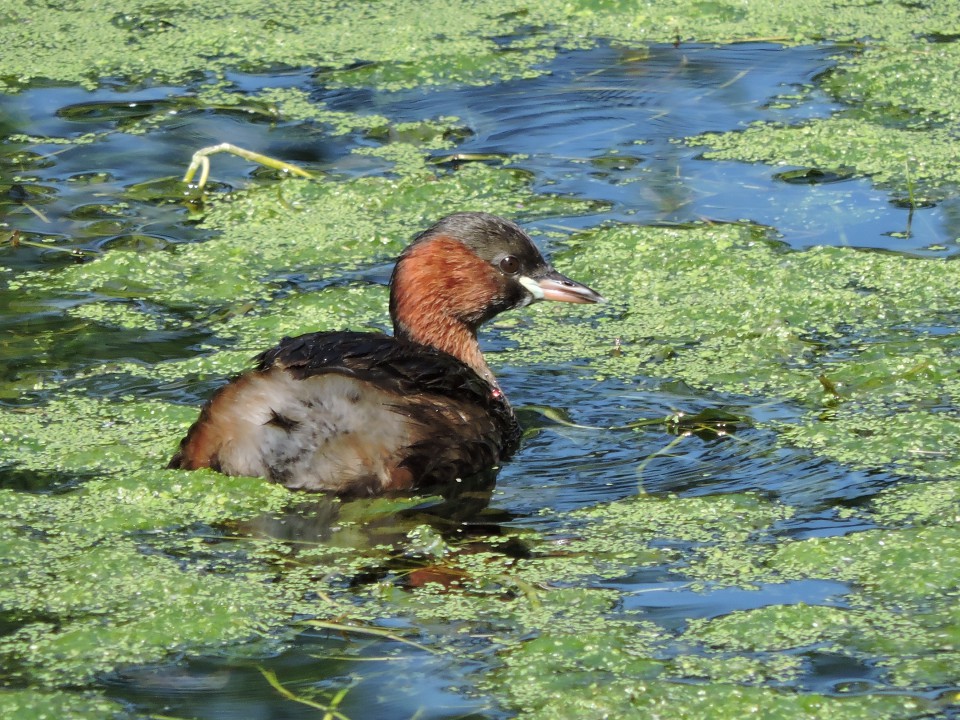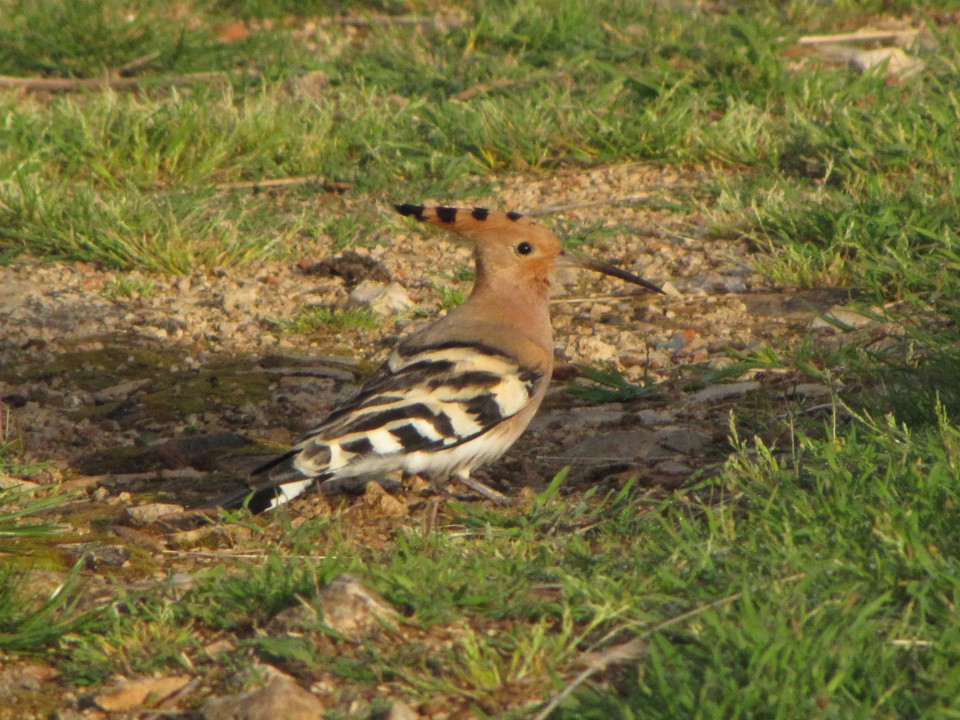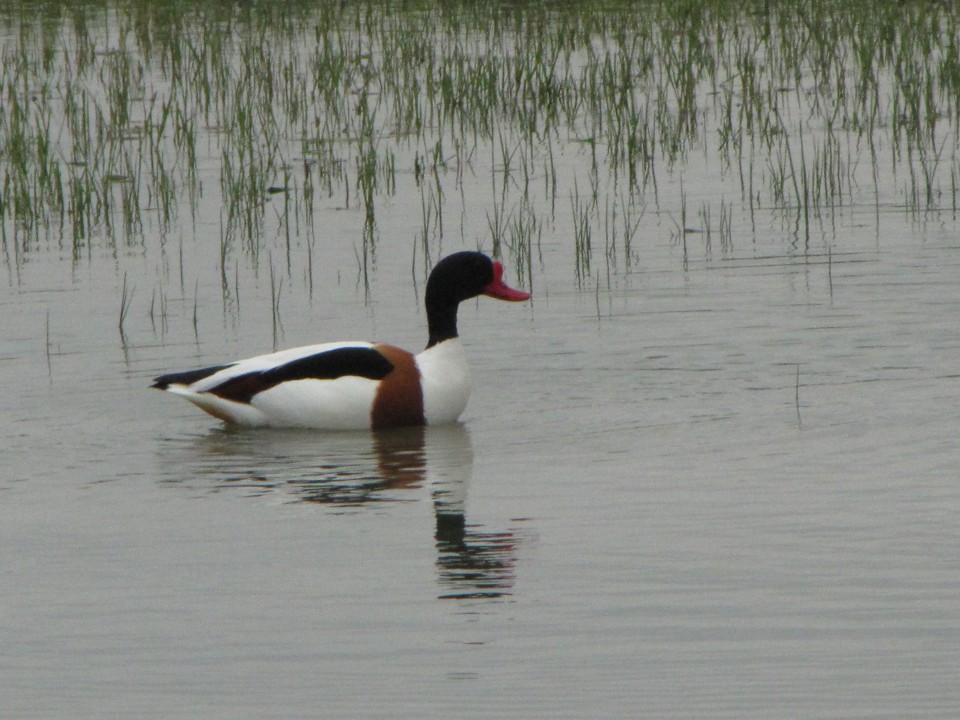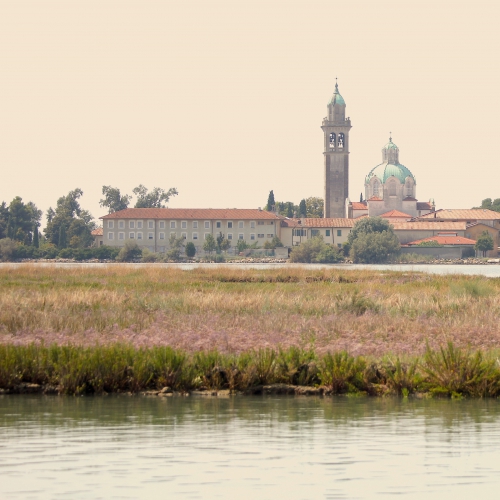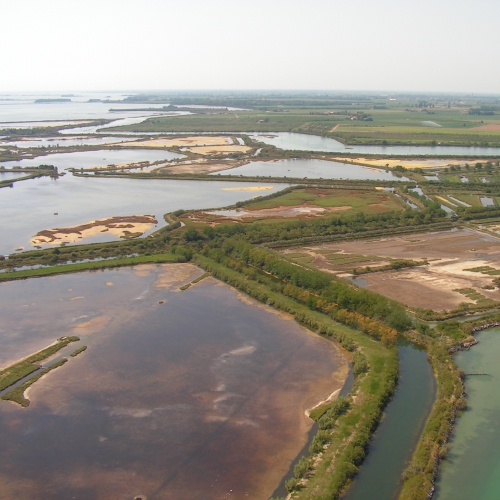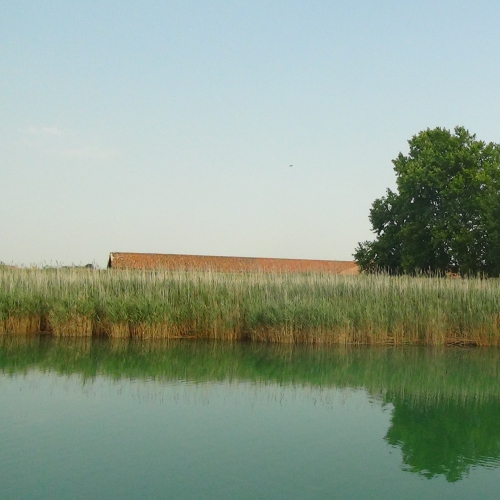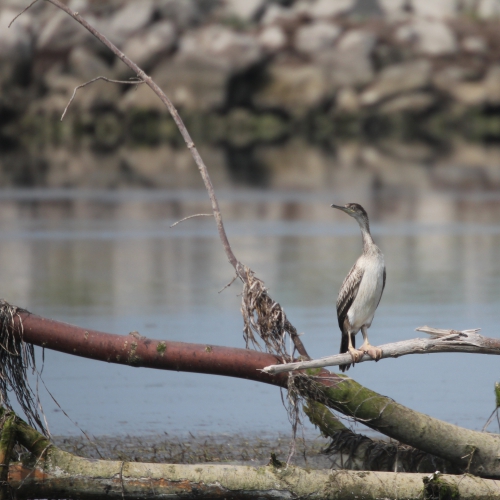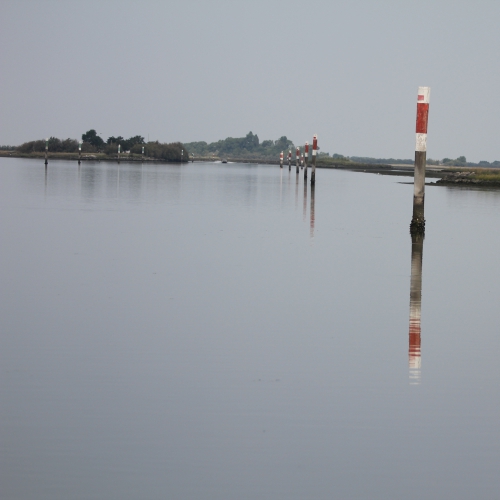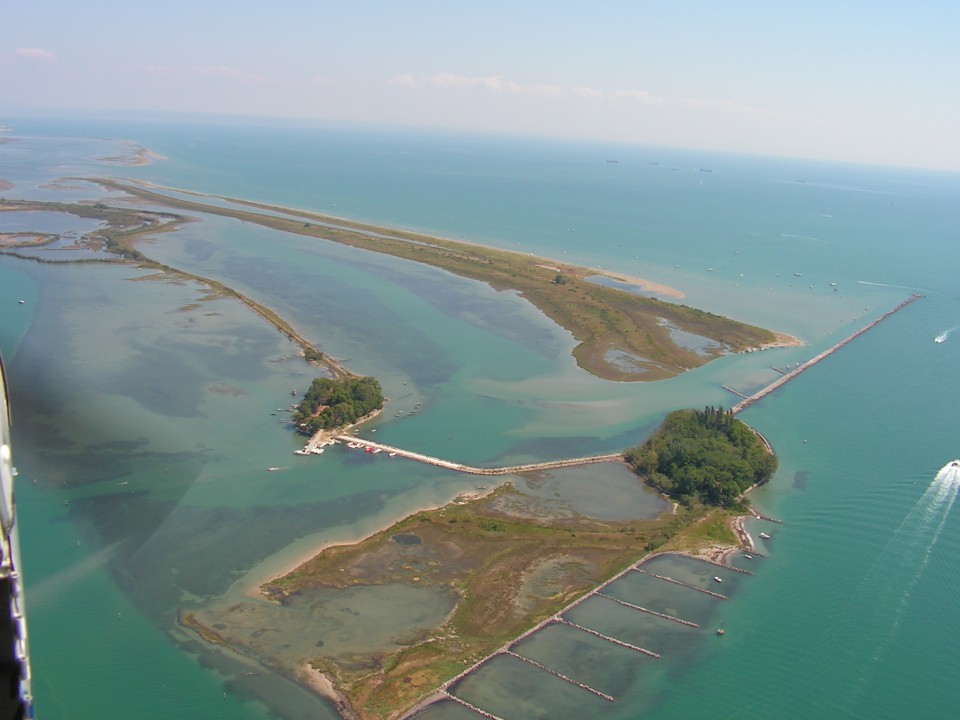
Descrizione
Oltre al bivio per S. Giuliano la laguna si apre sulla destra con una vastissima zona di barene e velme dove oltre agli sbarramenti di pali e reti si notano le “colegie” per la caccia agli uccelli acquatici. L’orizzonte verso monte coincide con gli argini perimetrali della laguna verso le bonifiche. Non lontano dal canale ci sono alcuni casoni con relativa “mota”, rialzo di terreno dove vengono costruiti i casoni; ed in uno di questi, mota Safon, vennero girate alcune scene del film Medea diretto da Pier Paolo Pasolini nel 1969, tanto che su alcune carte il sito è indicato quale “cason di Pasolini”. Sulla sinistra continuano gli argini delle valli. Tra l’isola di Anfora che ospita un gruppo di casoni e l’Isola di Porto Buso c’è una arginatura lapidea e sulla destra si può osservare un laguna in miniatura con cordone sabbioso verso la laguna, piccola bocca e specchio interno con velma e barene.
Luoghi d'interesse
Così chiamata in relazione al sifone che si trova sulla piccola isola, dal quale sgorga acqua dolce potabile, utilizzata dai pescatori. La mota...
Vegetazione
Frequente in mare e nelle lagune, come la zoster ella forma estesi popolamenti molto importanti per la fauna ittica e gli uccelli acquatici.
Specie alofila, i fiori gialli colorano il paesaggio estivo delle barene lagunari.
Specie alofila non è presente sulle barene ma sulla costa rocciosa e sulle opere portuali quali moli e dighe anche in zona lagunare.
Specie alofila, forma popolamenti sulle barene e nelle valli da pesca in presenza di salinità moderata. Molto diffuso nella laguna di...
Pianta alofila, si trova nelle bassure retrodunali e nelle parti alte delle barene
Specie alofila molto frequente sulle barene della laguna di Grado.
Specie alofila forma estesi popolamenti sulle barene e risulta evidente durante la fioritura estiva.
Specie alofila si trova sulle barene e nella cassa di colmata del Lisert dove forma popolamenti estesi
Specie alofila risulta evidente durante la fioritura estiva
Specie alofila è la prima pianta terrestre a colonizzare le piane di marea più elevate sopportando lunghe sommersioni.
Arbusto e piccolo albero, resistente ai suoli salati ed alla siccità come ricordato dal D’Annunzio ne “la pioggia nel...
Frequente nel mare a profondità inferiore ai 5 metri e nelle lagune soprattutto in corrispondenza di apporti di acqua dolce. Colonizza le...
Tradizioni
Sugli isolotti, le mote, che portano ancora gli antichi nomi gradesi, i pescatori vivevano nei casoni di cannuccia palustre. Ora a restarvi tutto...
Ambienti
Le zone normalmente emerse della laguna sono denominate “barene” e sono caratterizzate dalla vegetazione alofila cioè tipica...
Il sistema lagunare del Friuli Venezia Giulia si estende tra la foce dell’Isonzo e quella del Tagliamento. Rispetto alla “sorella...
Una delle più estese e vitali praterie sommerse del Golfo è quella antistante le foci dell’Isonzo. Si tratta di piante con...
Le zone regolarmente sommerse dall’alta marea che si scoprono durante la bassa prendono il nome di “piana di marea”. Nel Friuli...
Le valli costituiscono la cosiddetta laguna arginata dove i flussi dell’acqua in entrata ed in uscita con l’alternarsi delle maree...
Uccelli
cm 85-100, sessi simili. Piumaggio bianco, becco giallo che diviene nero in periodo riproduttivo. Presente tutto l’anno, non nidifica. Numeroso...
cm 84-102, sessi simili. Presente tutto l’anno nidifica in colonia in boschetti lagunari e altre zone boscate dell’entroterra. La nidificazione...
cm 45-55, spiccato dimorfismo, il maschio è grigio con le punte delle ali nere, la femmina è bruna, entrambi hanno il groppone bianco. Presente...
cm 23-28, sessi simili. Molto mimetico con un piumaggio bruno striato, ha un lungo becco diritto ed un volo caratteristico a zig-zag. Presente da...
cm 37-43, sessi simili, grigio chiaro superiormente, bianco nelle parti inferiori, con calottina nera con ciuffo sulla nuca e becco nero con apice...
cm 48-57, sessi simili. Brunastro con lungo becco ricurvo. Presente tutto l’anno ma non nidifica. Forma aggregazioni durante l’alta marea su...
cm 37-45, sessi simili. Brunastro con becco ricurvo, più corto del chiurlo maggiore, presenta caratteristiche strie scure sulla testa. Presente...
cm 140-160, colore bianco, grigio nei giovani, tubercolo alla base del becco, più evidente nel maschio. Presente tutto l’anno, numeroso presso...
cm 51-62, anatra elegante con collo lungo e, nel maschio lunghe timoniere centrali. Specie svernante, frequenta le piane di marea, i ripristini...
cm 38-43 sessi simili, grigio con fasce alari bianche. Presente tutto l’anno nidifica comunemente nei boschetti delle isole lagunari e delle zone...
cm 77-94, sessi simili. Come pellicani e sule ha le 4 dita congiunte dalla membrana natatoria. Specie presente tutto l’anno, aumenta notevolmente...
cm 15-16, maschio con capo grigio e gola bianca nella sottospecie cinerocapilla , ventre giallo, coda lunga con timoniere esterne bianche. Durante le...
cm 43-55, spiccato dimorfismo, il maschio è più colorato mentre la femmina è tutta scura con testa e spalle giallo paglierino. Presente tutto...
cm 42-50, il maschio presenta una caratteristica macchia bianca sulle copritrici dell’ala. Specie svernante molto numerosa da settembre a marzo,...
cm 35-39, sessi simili. A febbraio veste il cappuccio bruno scuro dell’abito nuziale che poi perde in luglio-agosto. Presente tutto l’anno...
cm 37-40, sessi simili. Rispetto al gabbiano comune ha il becco più massiccio e rosso corallo, la testa nera-durante la nidificazione- e le punte...
cm 52-58, sessi simili. Grigio superiormente, bianco inferiormente. Presente tutto l’anno e nidificante abbondante in laguna, sui tetti di Trieste...
cm 55-65, sessi simili. Piumaggio bianco con lunghe penne, dette egrette. su nuca e dorso durante il periodi riproduttivo. Presente tutto l’anno...
cm 40-46, essi simili. Ricorda un gabbiano reale di minori dimensioni. Presente da novembre ad aprile, numerosa in alcuni inverni, Frequenta il mare,...
cm 50-60. spiccato dimorfismo, è il progenitore dell’anatra domestica. Presente tutto l’anno, molto adattabile, frequenta sia le zone umide che...
cm 68-78, sessi simili. Il breve ciuffo è presente negli adulti in inverno e inizio primavera. Presente tutto l’anno diviene raro in inverno e...
cm 45-55, sessi simili Presente tutto l’anno nidifica in colonie, associato a varie specie di aironi. in alcuni boschetti lagunari. La...
cm 17-19, sessi simili. Azzurro superiormente, rosso inferiormente con grande becco scuro e coda molto corta che in volo lo fanno sembrare un...
cm 30-34, sessi simili. Grigia superiormente, biancastra inferiormente, becco relativamente grosso leggermente rivolto all’insù. Presente tutto...
cm 24-27, sessi simili. Grigio-bruna superiormente, più chiara inferiormente con evidente barra bianca sull’ala, più scura in abito nuziale;...
cm 17-21, sessi simili. Caratteristico ventre nero e parti superiori rossastre, grigiastro d’inverno. E’ il “limicolo” più numeroso durante...
cm 18-20,5 bruno chiaro superiormente. bianco sulle parti inferiori. Le ali hanno una sottile barra chiara e vengono spesso bloccate brevemente nel...
cm 26-29, sessi simili. Piumaggio grigio, bianco e nero sulle parti inferiori durante il periodo riproduttivo. Grigia d’inverno con...
cm 48-56, sessi simili, piumaggio molto variabile, in genere bruna con chiazze chiare. Presente tutto l’anno, più numerosa anche in laguna durante...
cm 17-21, sessi simili. Nera superiormente, gola rossa e ventre biancastra. Presente da marzo-aprile e settembre-ottobre, Nidifica sotto manufatti...
cm 52-58, maschio con testa verde scuro e collarino bianco, femmina con testa rossastra. Presente durante lo svernamento è frequente durante la...
cm 34-37, sessi simili. Grigia chiara superiormente bianca nelle parti inferiori, con calottina nera e becco rosso. È la classica rondine di mare...
cm 63-75, sessi simili. D’inverno il piumaggio è grigio scuro superiormente, biancastro inferiormente Il becco è più massiccio e tenuto...
cm 55-67, sessi simili. Durante l’inverno ha un piumaggio grigio, biancastro inferiormente. Presente d’inverno in mare e nelle zone più profonde...
cm 46-51, sessi simili Grigio superiormente, biancastro inferiormente, nell’abito nuziale mostra evidenti ciuffi sul capo e guance. Presente tutto...
cm 28-34, sessi simili. Grigio e biancastro d’inverno, veste il collo nero ed un ciuffo giallo dietro l’occhio rosso a marzo. Presente da agosto...
cm 29-33, sessi simili. Piumaggio beige chiaro con collarino nero. Presente tutto l’anno, spesso associata agli insediamenti umani in città,...
cm 23-29, sessi simili, bruno d’inverno, nero con guance sossastre in abito riproduttivo. Presente tutto l’anno, nidifica nelle zone umide...
cm 25-29, sessi simili, piumaggio arancio barrato di nero, cresta erettile sul capo, volo sfarfallante. Presente da aprile a settembre ed è...
cm 55-65, aspetto bianco e scuro, becco rosso con tubercolo nel maschio. Presente tutto l’anno, frequenta le zone soggette a marea e le valli da...


